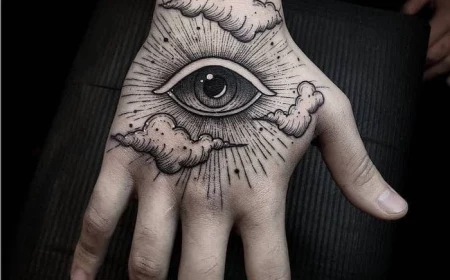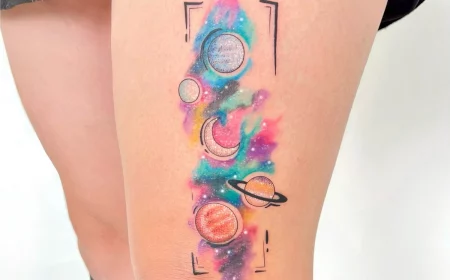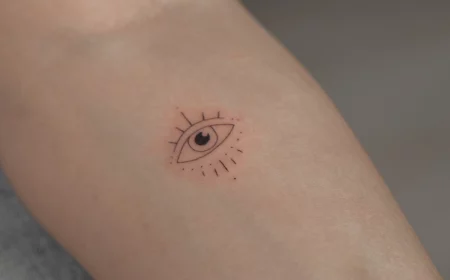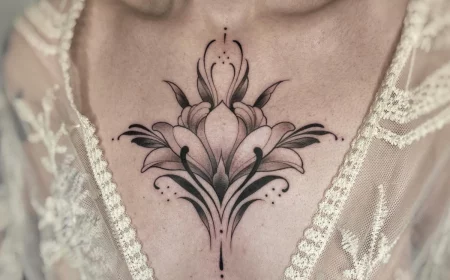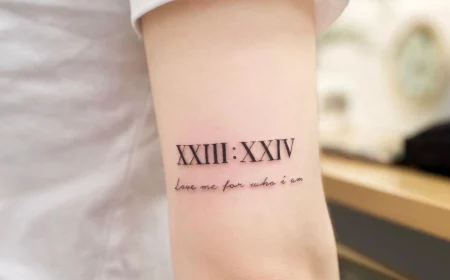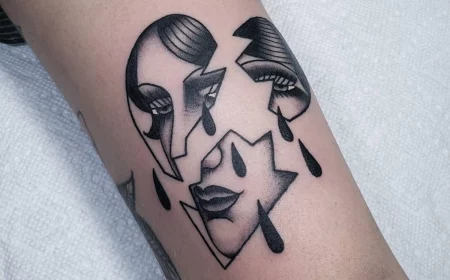The Brutally Honest Guide to Finger Tattoos (From a Pro)
I’ve been in the tattoo game for a long time, and I’ve seen more trends than I can count. But the one that just won’t quit? Finger tattoos. Almost every single day, someone comes into the studio, phone in hand, showing me these gorgeous, delicate little symbols on someone’s fingers. And listen, they look amazing in photos. But those photos are often pretty misleading.
In this article
So, the first thing I talk about with any client asking for a finger tattoo isn’t the design. It’s the reality. To be frank, this is one of the toughest spots on the body to tattoo, period. It takes a very specific skill set, and even with the best artist in the world, the results are never, ever guaranteed. I know a ton of incredible, reputable artists who just flat-out refuse to do them. Not because they can’t, but because they can’t promise a tattoo that will meet their professional standard over the long haul.
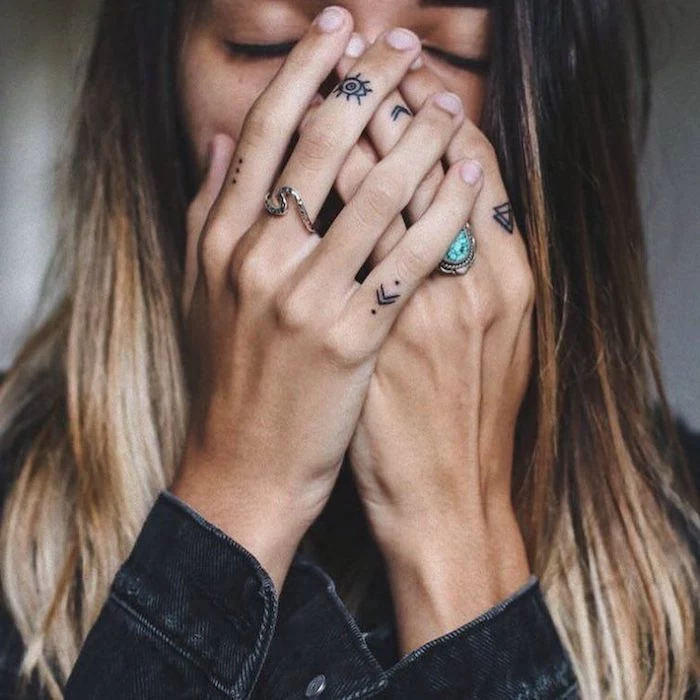
This is basically the exact conversation I have with every person who sits in my chair and asks for one. I believe in being straight up with my clients. That means giving you the whole story—from how the needle works on that unique skin to the nitty-gritty of long-term care. My goal is simple: I want you to walk away knowing exactly what you’re getting into, so you can make a choice you’ll still love years from now.
The Hard Truth: Why Your Fingers Aren’t Like Your Arm
To really get finger tattoos, you have to understand the canvas itself. The skin on your hands isn’t like the skin on your bicep or your back. It’s a workhorse. It’s always moving, bending, getting washed, and catching sun. This creates a seriously hostile environment for tattoo ink.
Basically, for a tattoo to last, ink has to be placed perfectly in the middle layer of your skin, the dermis. Too shallow, and it just sheds off with your skin cells in a few weeks. Too deep, and it hits the fatty layer and spreads out, creating a blurry, bruised-looking mess called a “blowout.”
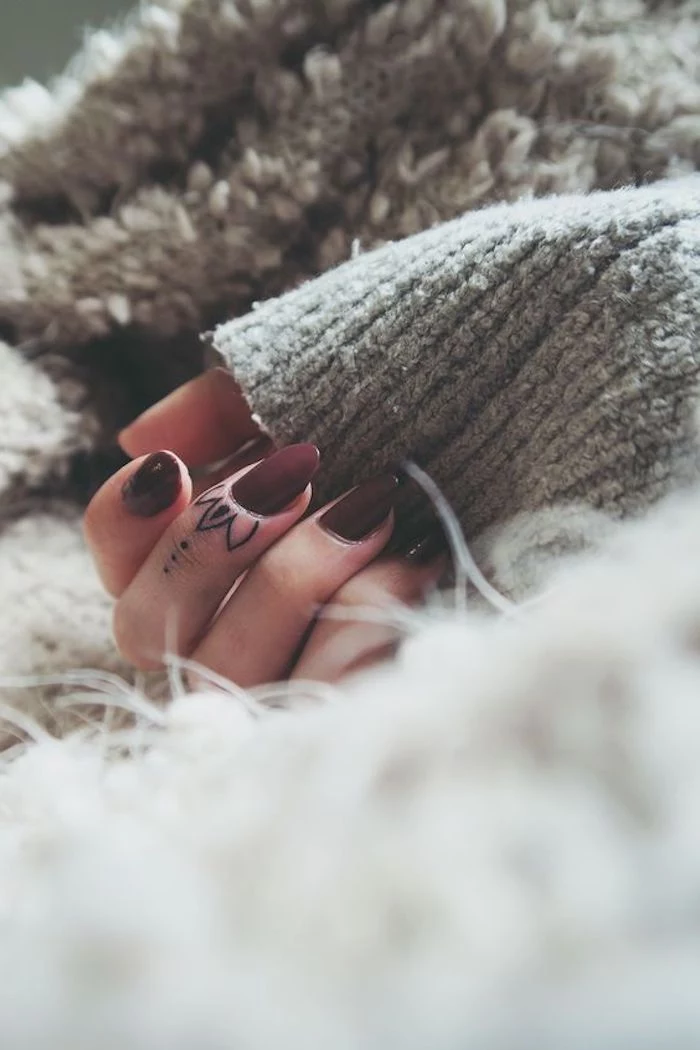
The skin on your fingers has a super thin dermis and almost no fat underneath. There’s just skin, then bone and tendon. This leaves an incredibly tiny target for the ink. A fraction of a millimeter too deep, and you’ve got a permanent blowout. A fraction of a millimeter too shallow? The tattoo will literally fall out as it heals.
Fading and Blowouts: The Twin Nightmares
Let’s be clear: every single tattoo fades. But finger tattoos fade faster and more dramatically than any other placement. Think about how often you wash your hands. The soap, the water, the friction from towels… it all acts like a constant exfoliator, wearing that tattoo down. And sun exposure? Your hands are almost always out in the open, and UV rays absolutely destroy ink pigments.
A blowout is the other big risk, and honestly, it’s permanent. It looks like a fuzzy, blue-ish ink stain that has bled under your skin. Because the area is so small, a cover-up is rarely an option, leaving laser removal as the only fix.
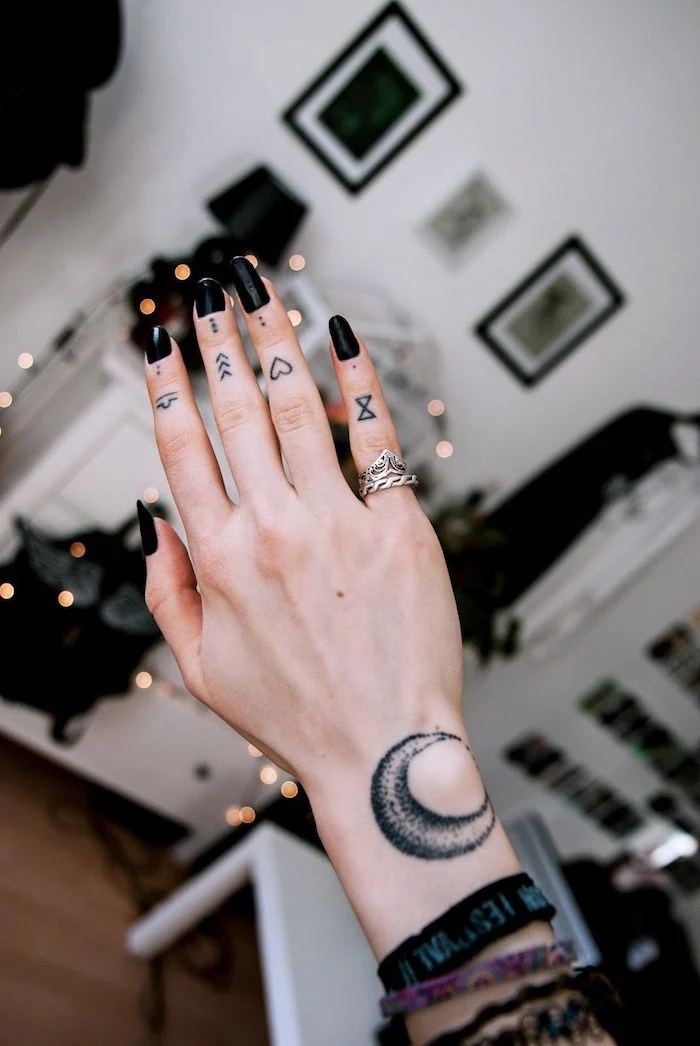
Oh, and what about color? I get asked this a lot. My advice is to stick with black. Color inks are inherently less dense than black ink and they fade even more quickly on hands. A vibrant color tattoo can look like a faint, muddy bruise within a couple of years. It’s just not worth it, in my opinion.
So, How Much Does It Hurt?
I don’t sugarcoat the pain. On a scale of 1 to 10, most people put finger tattoos at a solid 7 to 9. There’s no fat or muscle to cushion the feeling, so you’re feeling that needle’s vibration right on the bone. It’s a very sharp, intense feeling. The pain is quick since the tattoos are small, but you have to be ready for it. If you flinch or pull away, it makes an already difficult job nearly impossible and seriously raises the risk of a mistake.
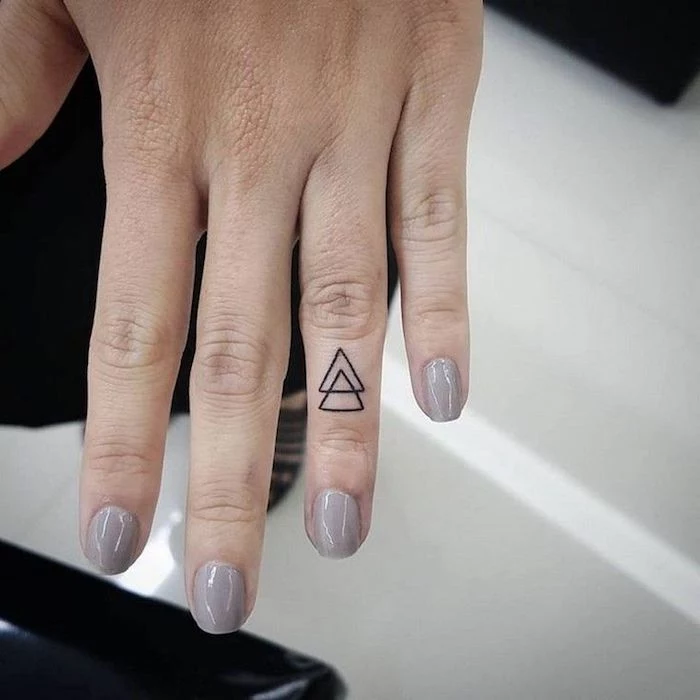
How a Good Finger Tattoo Gets Made
Okay, so you get the risks and you’re still in. Let’s talk about how a pro tackles this challenge. It’s all about a smart design and the right approach.
Good Designs vs. Risky Ideas
The absolute most important thing for a lasting finger tattoo is a simple, bold design. All those tiny, delicate, intricate lines you see online? They’re the first thing to turn into a blurry mess. When a client shows me a picture of a miniature portrait for their finger, I have to have that tough conversation. It will not look like the picture in a year. I learned this the hard way. I’ll never forget trying to do tiny, elegant script on a client early in my career; a year later, it just looked like an illegible smudge. It was a hard lesson that bold and simple is the only way to go on fingers.
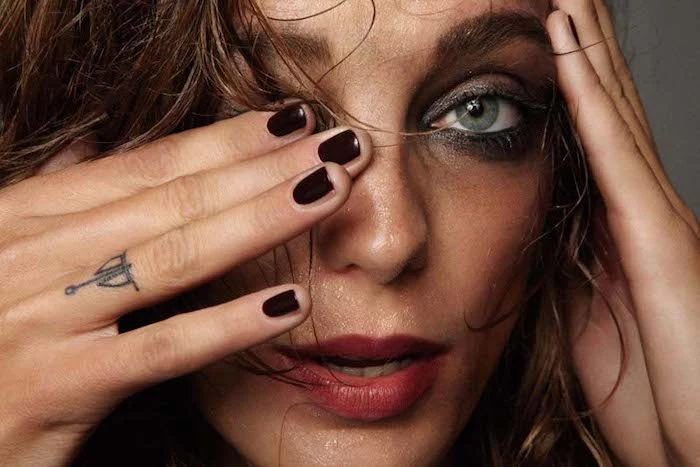
So, what works and what doesn’t?
- Good Ideas: Think simple and bold. A solid crescent moon, a simple initial in a thick font, a solid black heart, or a clean star outline. These designs have strong lines and enough breathing room (negative space) to stay clear as they soften over time.
- Risky Ideas: Stay away from things like intricate geometric patterns, tiny, multi-word script, or detailed drawings like a feather with individual strands. The lines are too close together and are guaranteed to blur into a single blob.
Placement matters, too. The top of the finger, between the knuckles, is usually the most stable spot. Side-finger tattoos are super popular, but they fade the absolute fastest because of the constant friction from your other fingers.
Healing and Long-Term Care: This Part Is on You
Once you walk out of that studio door, the tattoo’s future is 50% your responsibility. The aftercare for a finger tattoo is more demanding than for any other spot on your body.
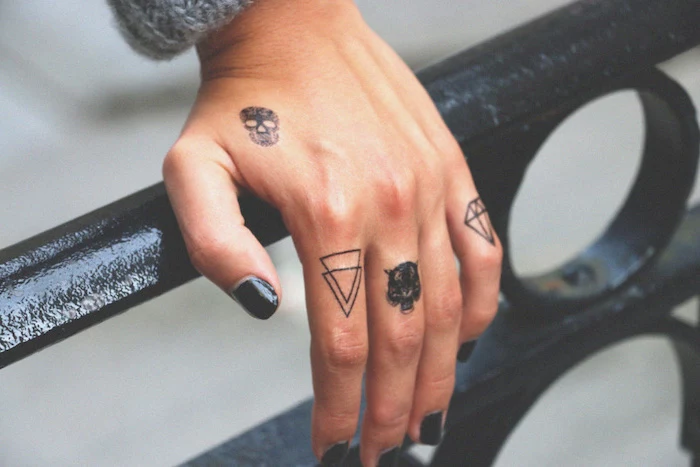
Your First Two Weeks (And Your Shopping List)
The healing process is often a little weird. Here’s the plan. First, grab these items—you can find them at any pharmacy or Target for just a few bucks.
- Your Shopping List:
- Mild, Unscented Soap (like Dial Gold or Dove Sensitive Skin)
- Healing Ointment (a small tube of Aquaphor or A+D is perfect)
- High-SPF Stick Sunscreen (like from Neutrogena or Sun Bum—the stick is way easier to apply to hands!)
For the first day, leave the wrap on for 2-3 hours. Then, gently wash the tattoo with the unscented soap and lukewarm water. Pat it dry with a clean paper towel (don’t rub!) and let it air dry. Apply a very thin layer of your ointment. A tiny dab is all you need. Too much will suffocate it.
You’ll do this 2-3 times a day. You have to wash your hands, but try to avoid soaking the tattoo. No swimming, hot tubs, or long baths for at least two weeks. When you shower, just try to keep your hand out of the direct spray.
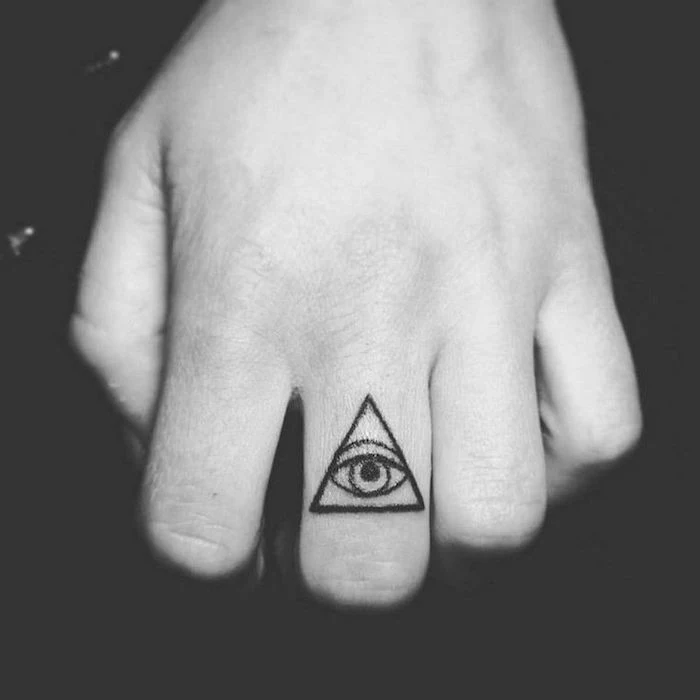
Troubleshooting Your Healing
Heads up! Your tattoo will peel and flake, sometimes in colored chunks. This is normal. DO NOT PICK IT. Let the skin fall off on its own.
- What if it looks patchy or parts of the ink fell out? Don’t panic. This is extremely common with finger tattoos. That’s exactly what the touch-up session is for.
- What if it looks a little blurry or fuzzy around the edges? This could be a minor blowout. Let it heal completely for a few weeks. Sometimes it settles, but if it stays blurry, that’s something to discuss with your artist.
The Mandatory Touch-Up
I tell every single one of my finger tattoo clients to expect to need a touch-up. It’s almost guaranteed. I include one free touch-up in my pricing, usually done about 4-6 weeks after the first session. A good artist will always stand by their work and offer this. If an artist isn’t willing to do a touch-up on a finger tattoo, that’s a major red flag.
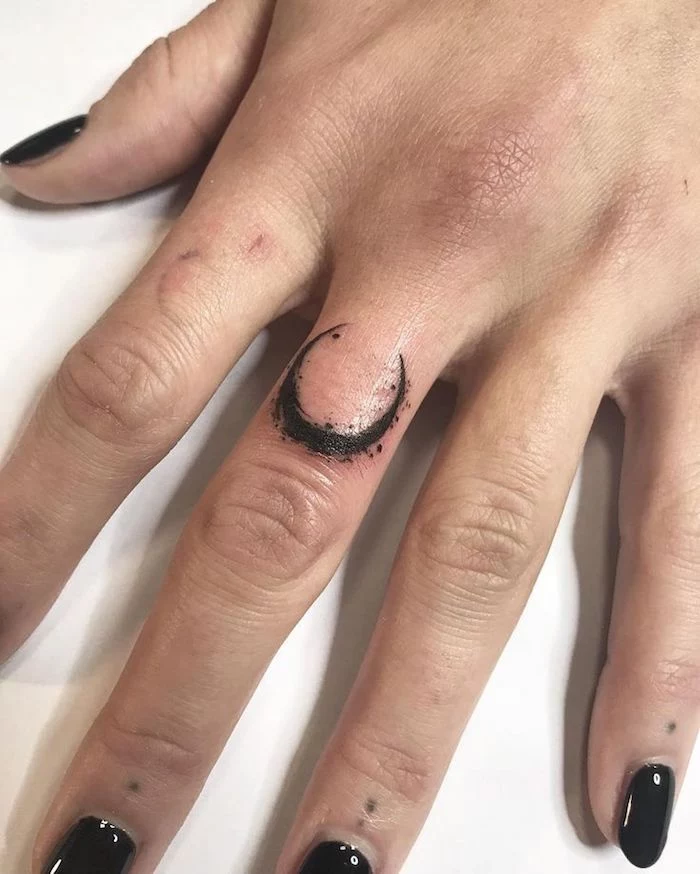
Finding the Right Artist (And What It’ll Cost)
Not every artist is the right choice for a finger tattoo. This is a specialty.
When you’re searching, look at portfolios. But don’t just look for finger tattoos—look for healed finger tattoos. Any fresh tattoo looks crisp and perfect right after it’s done. An artist who is truly confident in their work will post photos of their finger tattoos 6 months or a year later. If you only see fresh ones, be wary.
Ask them directly about fading, blowouts, and their touch-up policy. If they dismiss your concerns or promise it’ll be perfect forever, they are either inexperienced or not being honest. Walk away.
The Cost and the Commitment
A finger tattoo might be tiny, but it should not be cheap. Don’t be shocked if a reputable artist charges their shop minimum, which is often between $100 and $200, even for a small symbol. You aren’t paying for the size; you’re paying for the artist’s expertise, their time, and the guaranteed touch-up session that you’ll definitely need.
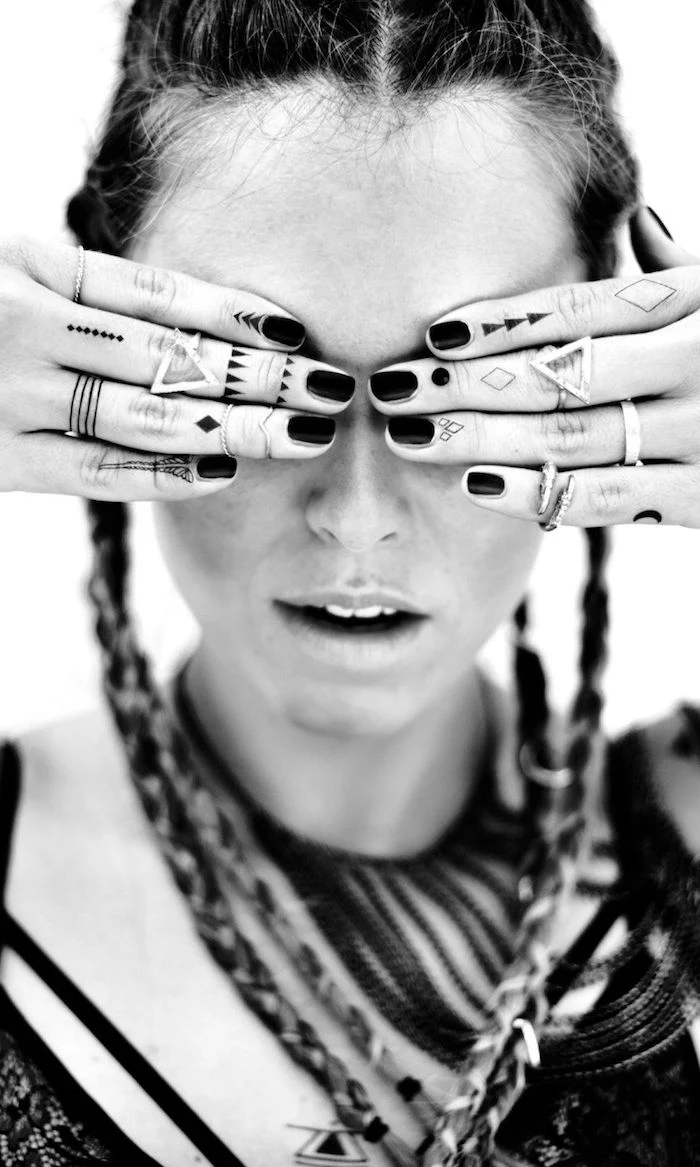
Finally, remember how visible this is. It’s a permanent mark on a part of your body you can’t easily hide. It can be a beautiful, meaningful piece of art. But it’s a serious commitment that requires the right artist, a smart design, and your full attention during healing.
So here’s your homework: Go on Instagram or Pinterest and search for the hashtag
healedfingertattoo. Not just
fingertattoo. See the difference for yourself. That’s the reality we’re talking about. If you’re ready for that reality, you’re ready to get a tattoo you’ll love.
Inspiration Gallery
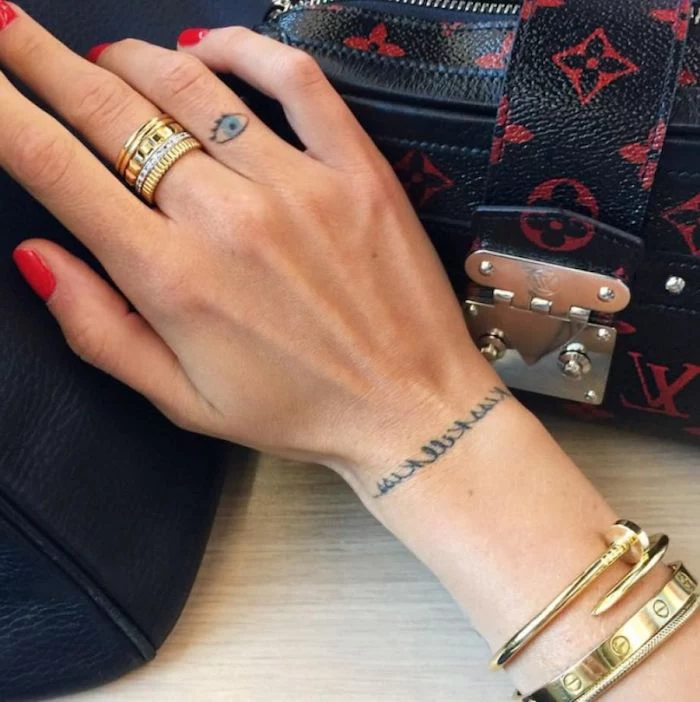
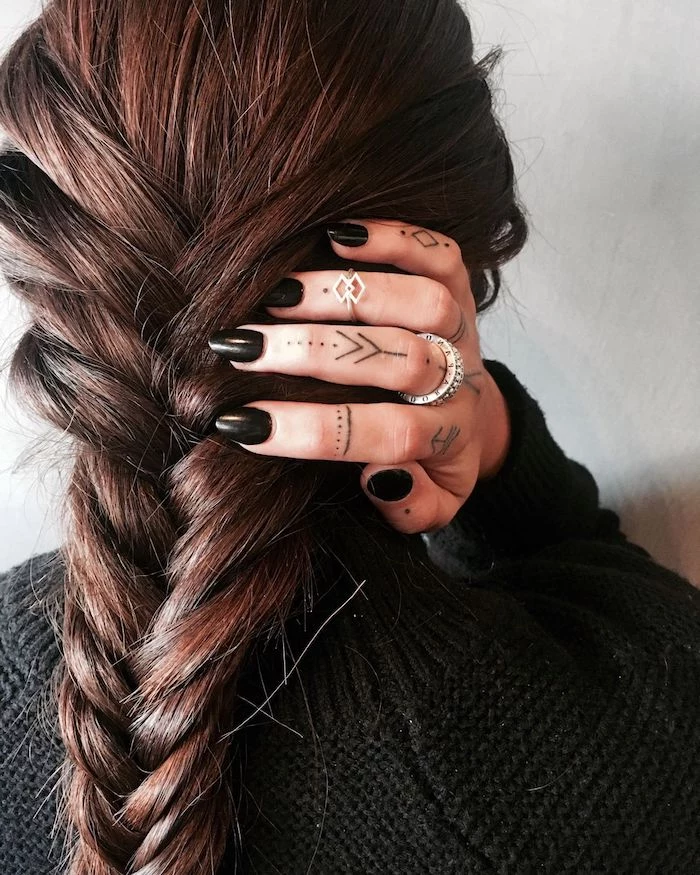
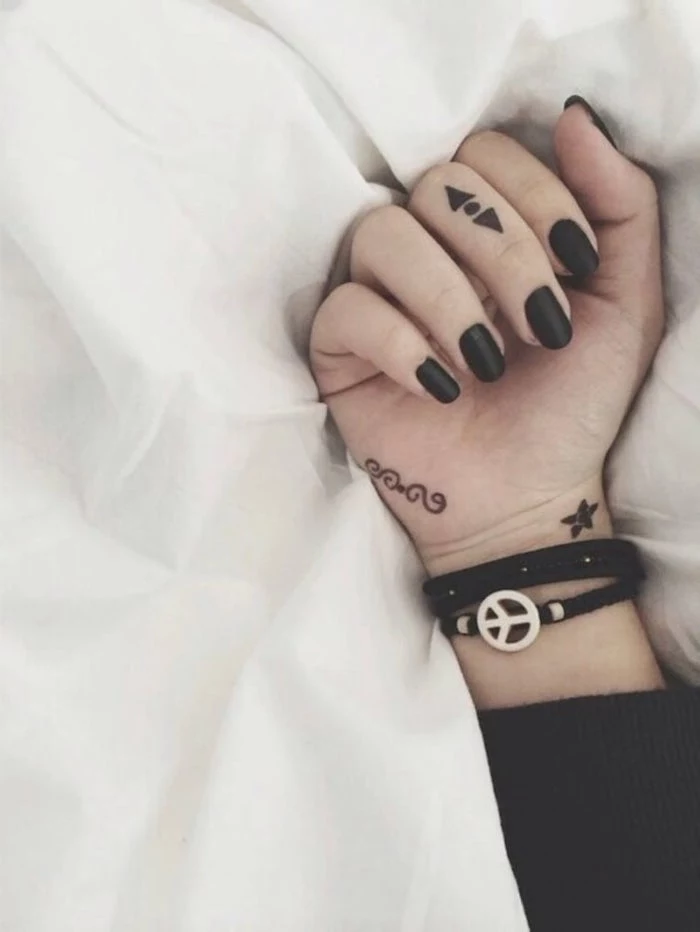
The Artist’s Portfolio is Your Crystal Ball: When vetting a tattooer, don’t just look for pretty pictures of fresh finger tattoos. Actively search for the word
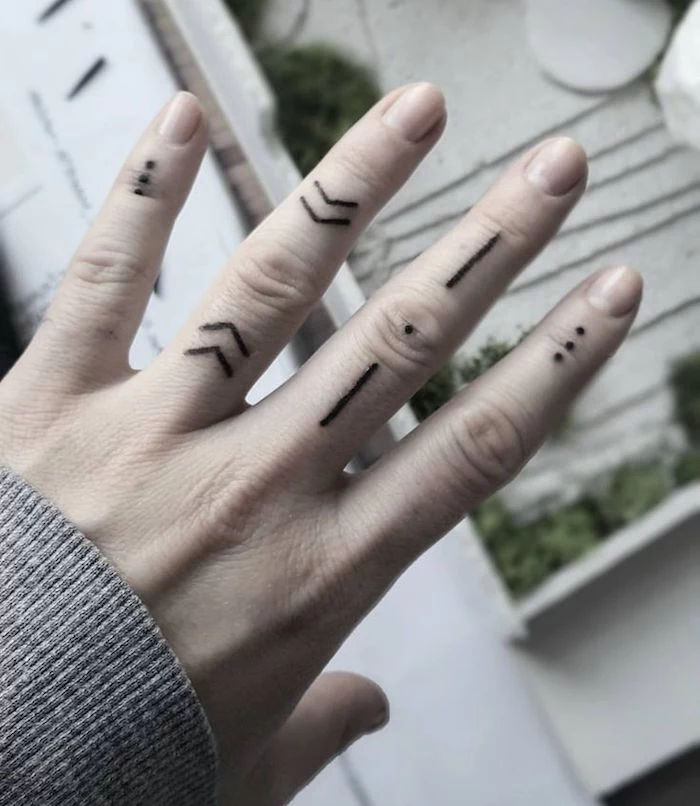
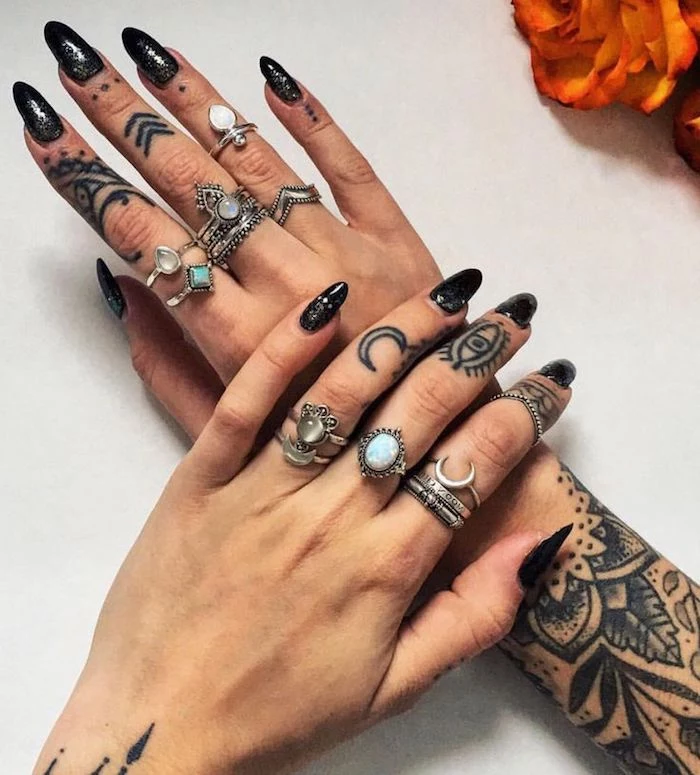
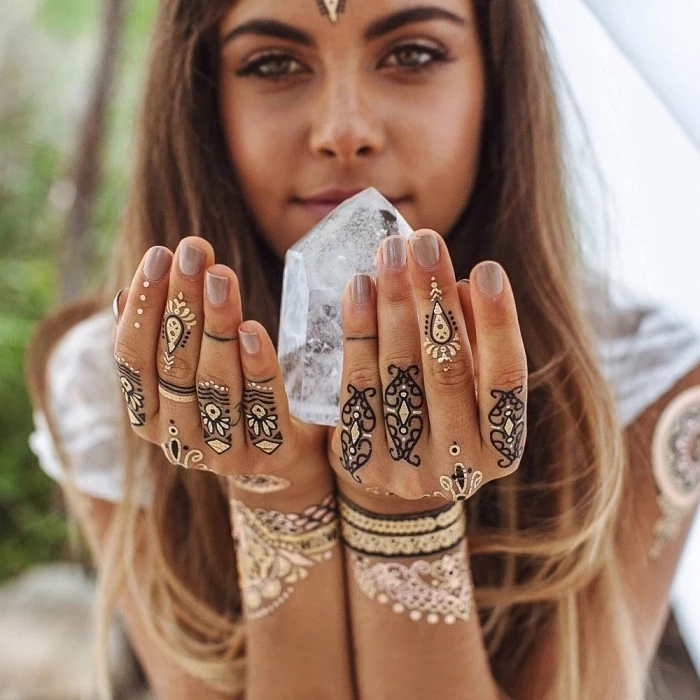
Thinking about white ink?
Think again, especially on the fingers. While delicate and beautiful when fresh, white ink is notoriously fickle. On a high-traffic area like a finger, it’s prone to fading into a yellowish or grayish smudge within months, or disappearing entirely. Most reputable artists will advise against it for this placement.
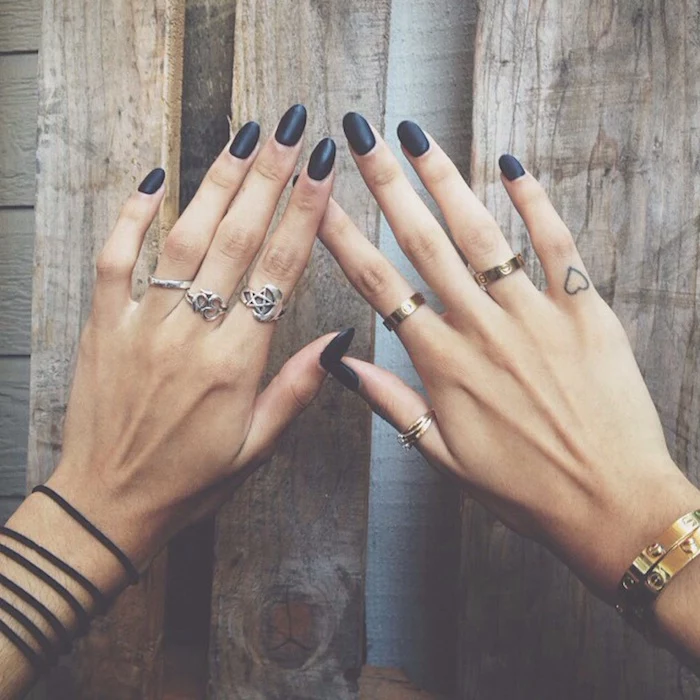
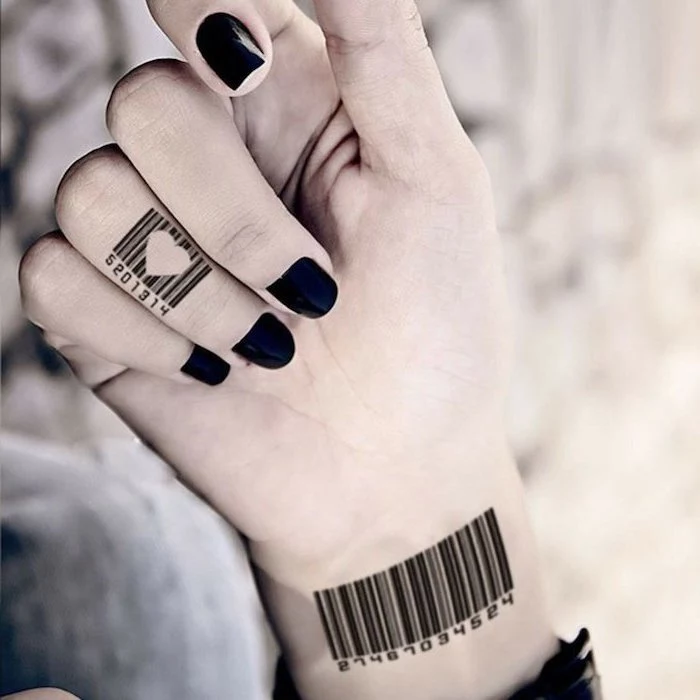

- Minimal friction during healing.
- Crisper lines for longer.
- Less distortion from finger bending.
The secret? Opting for placement on the top of the finger, between the knuckles. Tattoos on the sides or near the palm are in a constant state of wear and tear, making them fade and blur dramatically faster.
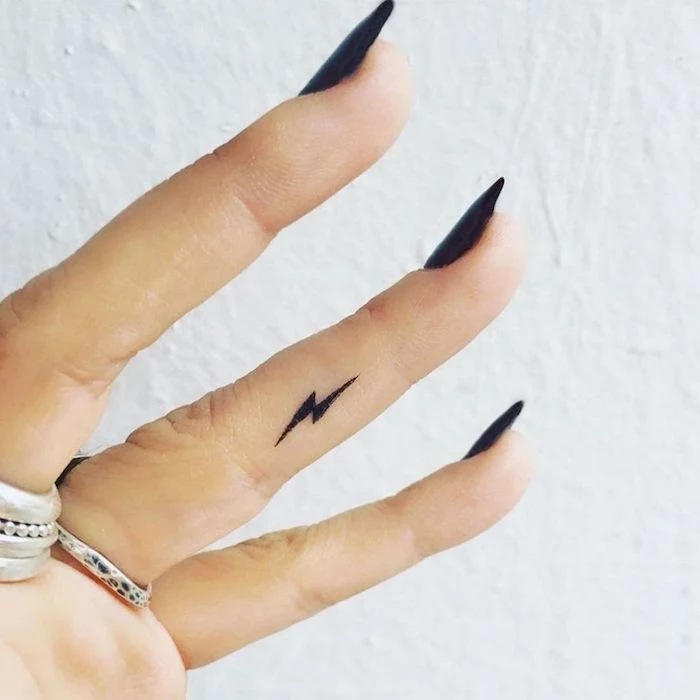
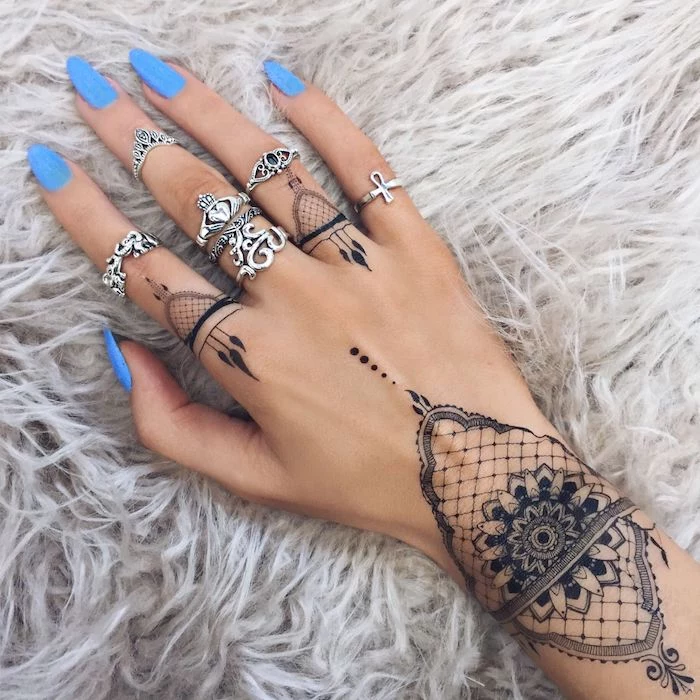
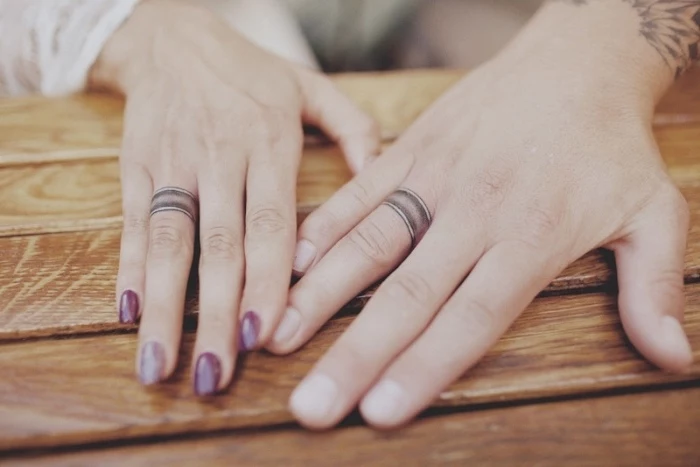
The skin on your fingers has a much faster cell turnover rate than skin on, say, your back. It’s designed to withstand constant use and repair itself quickly.
This biological reality is the core reason your finger tattoo is in a constant battle against fading. The same process that heals a papercut is actively working to push out the foreign ink particles. Consistent, high-quality aftercare isn’t just a suggestion—it’s your only defense.
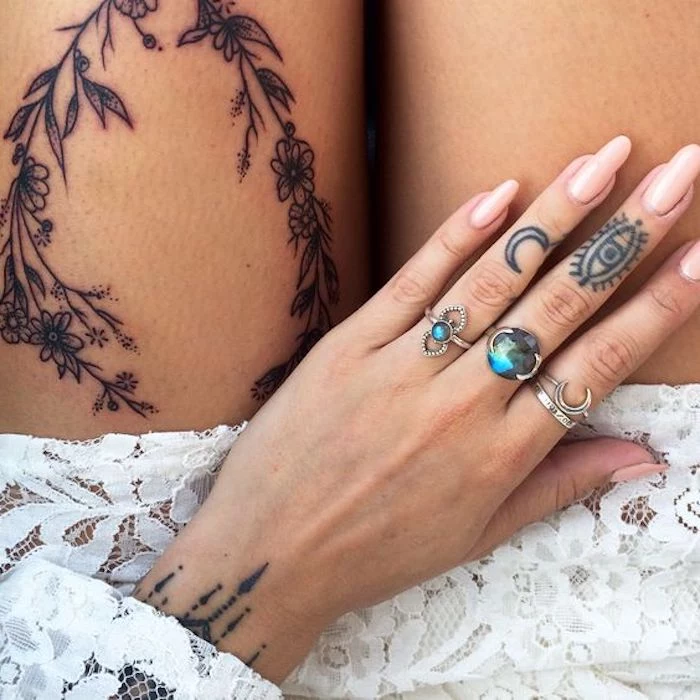
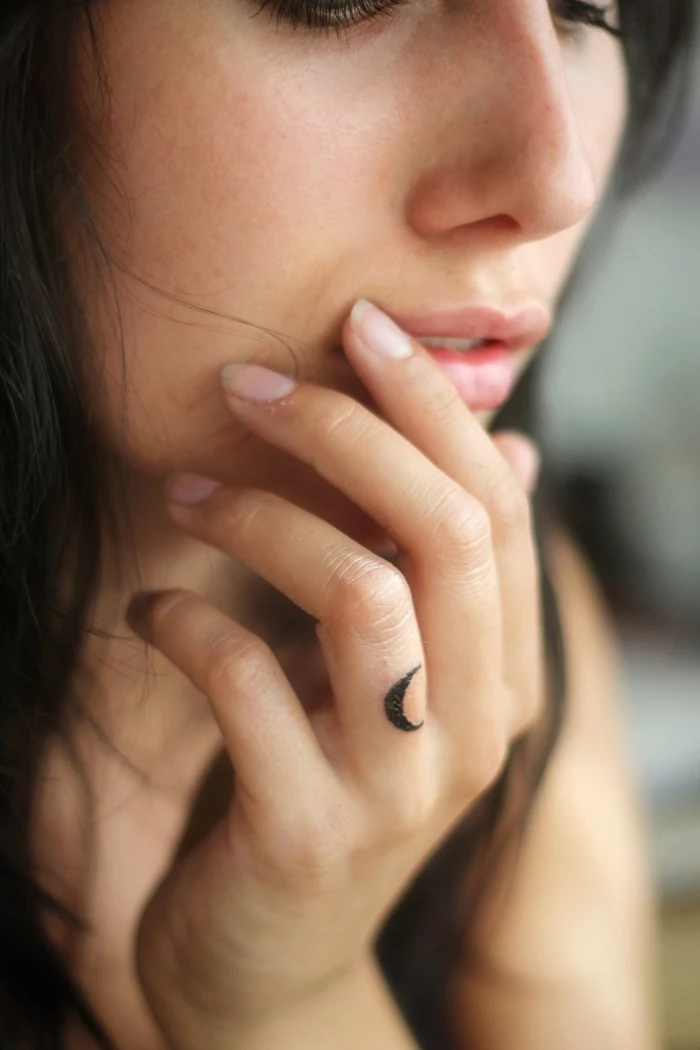
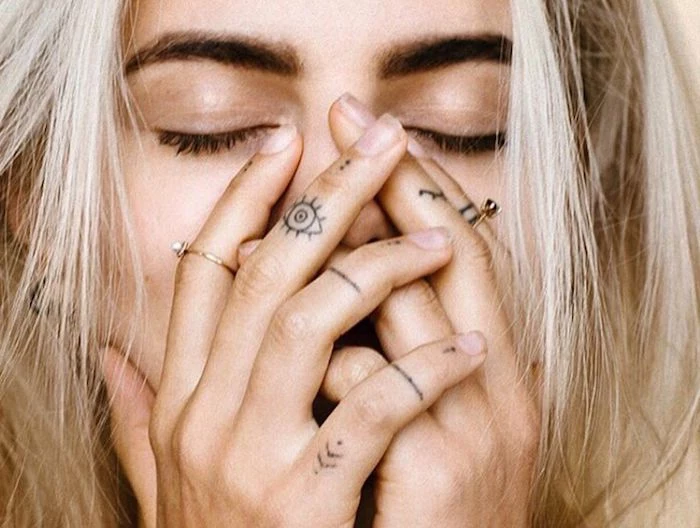
Bold vs. Fine Line: While dainty, single-needle designs look incredible on Instagram, bold is often better for finger longevity. The thicker lines provide more space for the ink to settle and are more resilient to the inevitable slight spread over time, remaining legible far longer than a whisper-thin line.
Color vs. Black: Black ink has the most robust and stable pigment particles. Colors, especially lighter shades, tend to fade much quicker with sun exposure and skin regeneration. For a tattoo that lasts, sticking to black is the smartest bet.
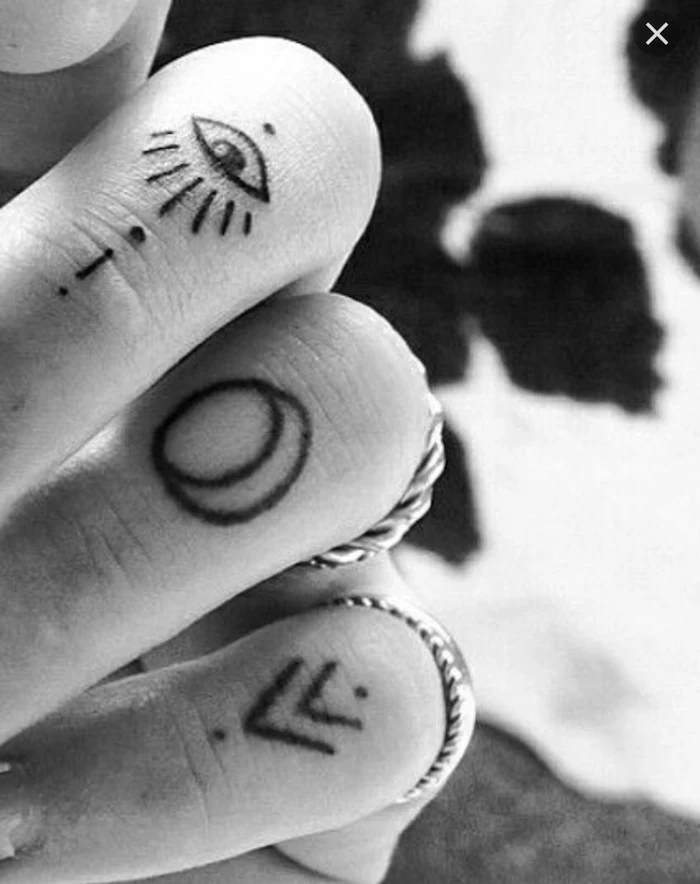
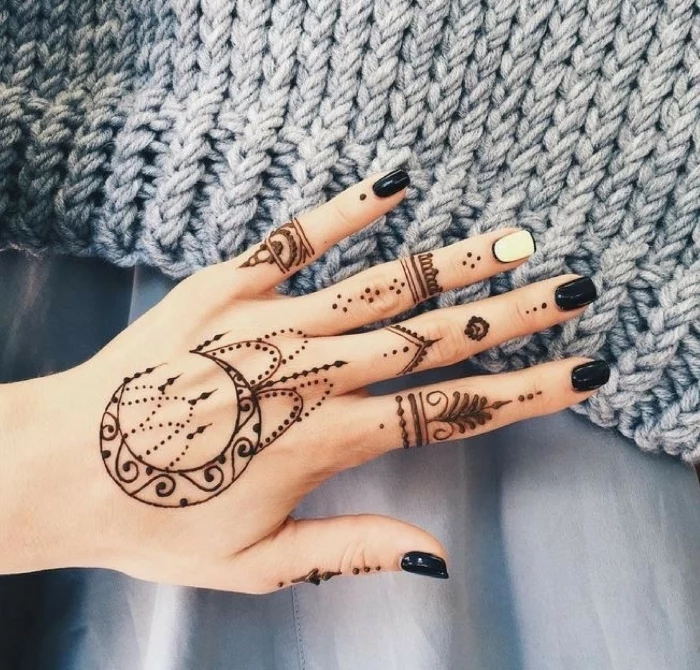
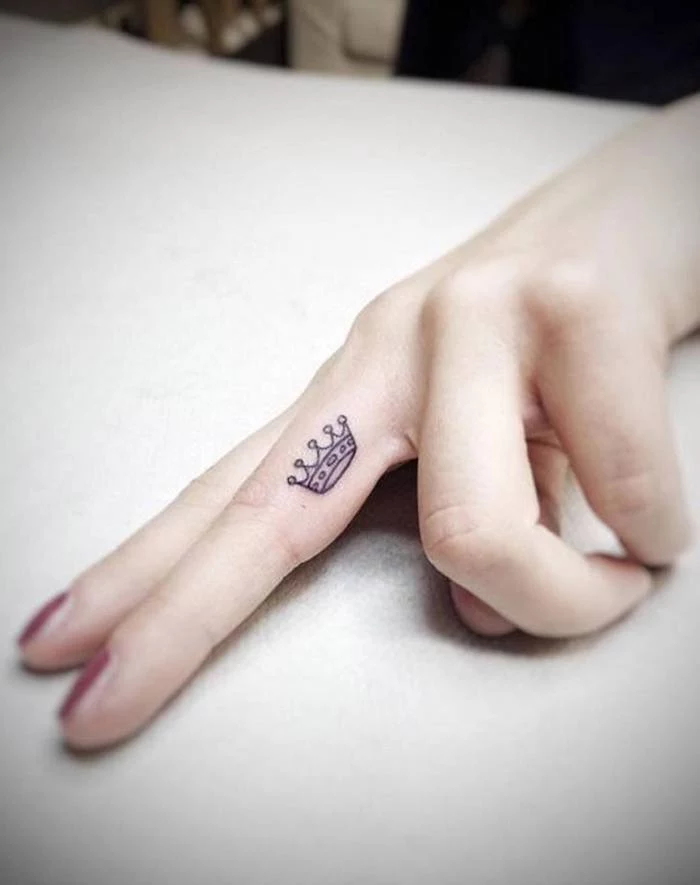
Your hands are your primary tools for interacting with the world, which means your new tattoo will be under constant assault. For the first two weeks, be hyper-aware:
- Wear gloves when doing dishes or cleaning. Harsh chemicals are the enemy.
- Avoid submerging your hand in water for long periods (no swimming pools, hot tubs, or long baths).
- Be mindful of how you grip things—a barbell, a steering wheel, or even your phone can cause friction that disrupts healing.
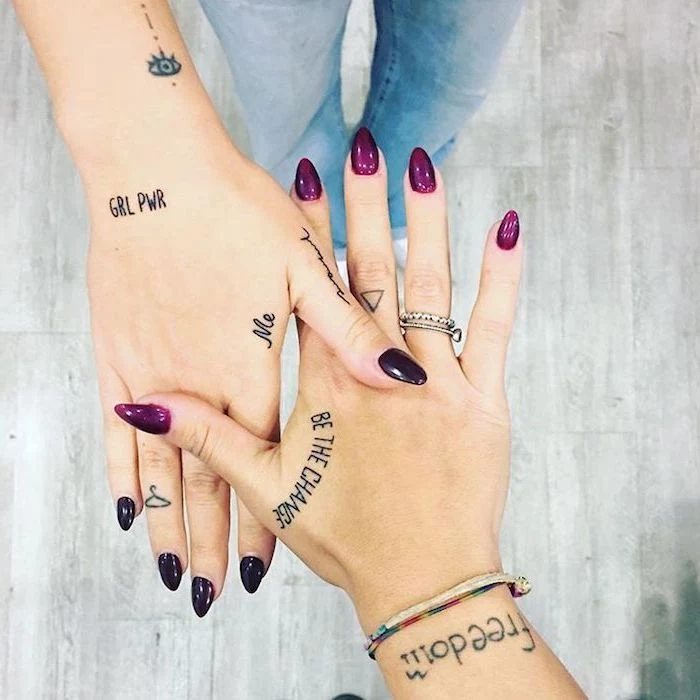
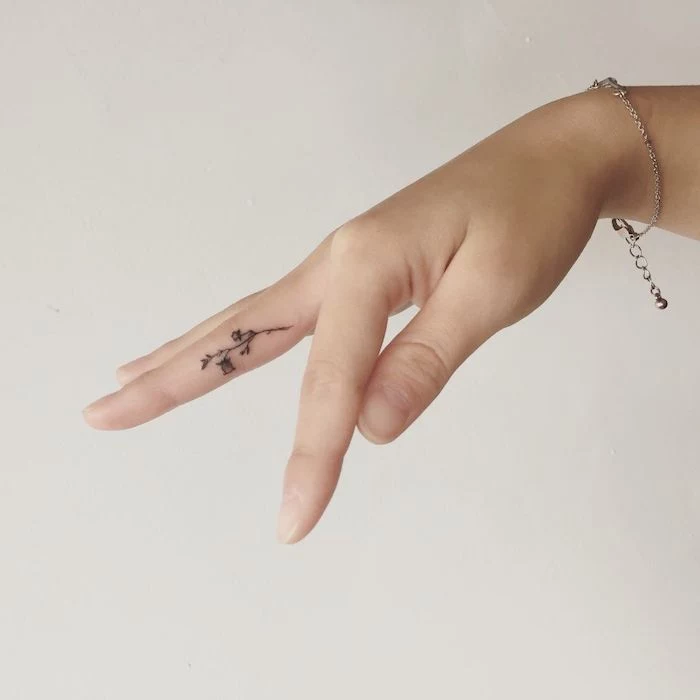
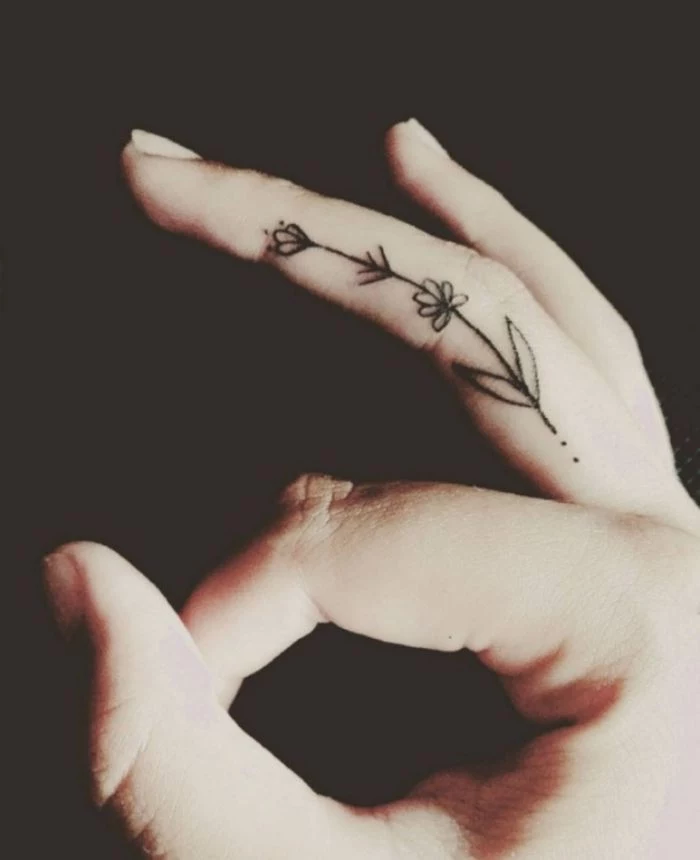
The pain question is always tricky, but for fingers, it’s intense. There’s very little fat or muscle, meaning the needle is working directly over bone and sensitive nerve endings. Many people describe it as a sharp, vibrating, or even burning sensation. The good news? They’re usually very quick tattoos.
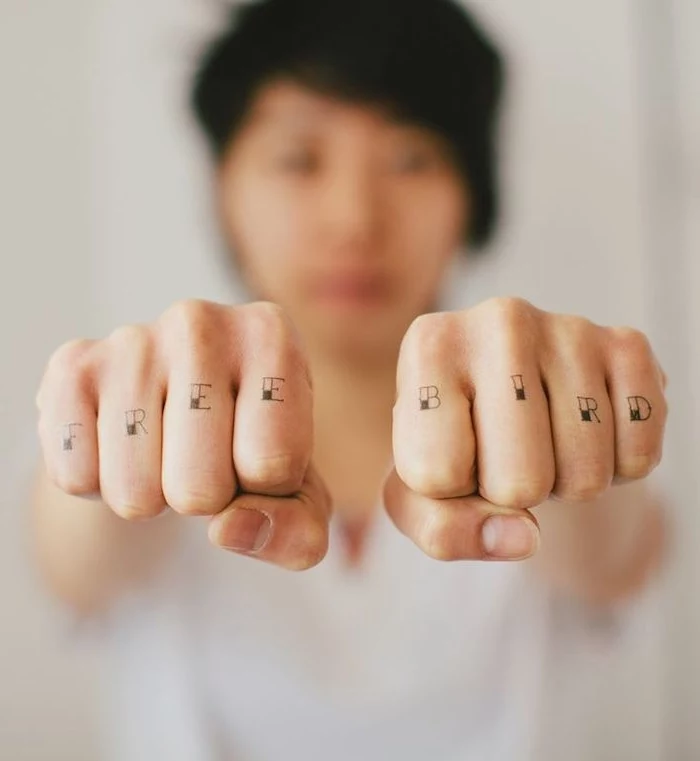
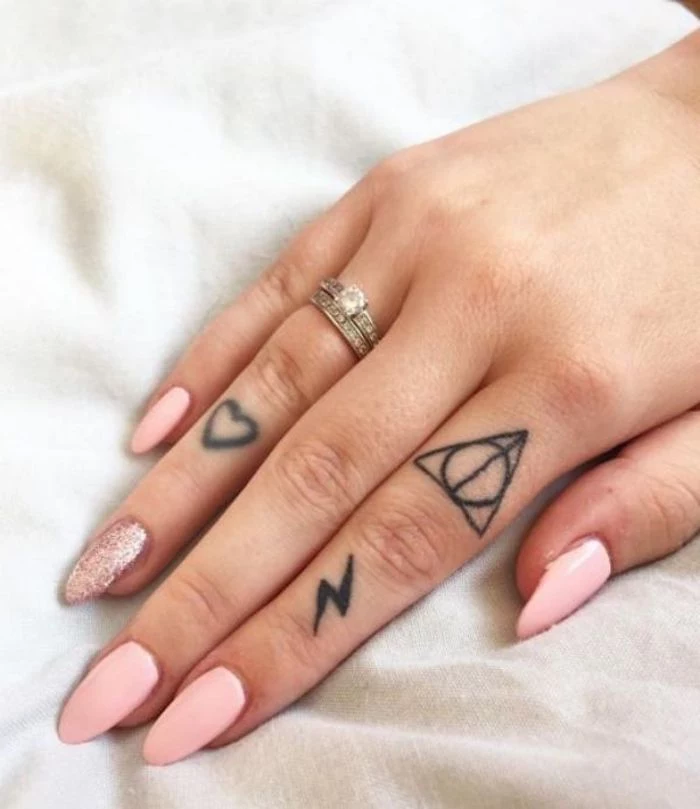
The Blowout Risk: A blowout is what happens when ink is deposited too deep and spreads under the skin, creating a permanent, bruise-like blur around the tattoo. Fingers are extremely susceptible due to the thin, tricky skin layers. This is not something that can be fixed with a touch-up; it can only be covered with a larger, darker tattoo or addressed with laser removal.
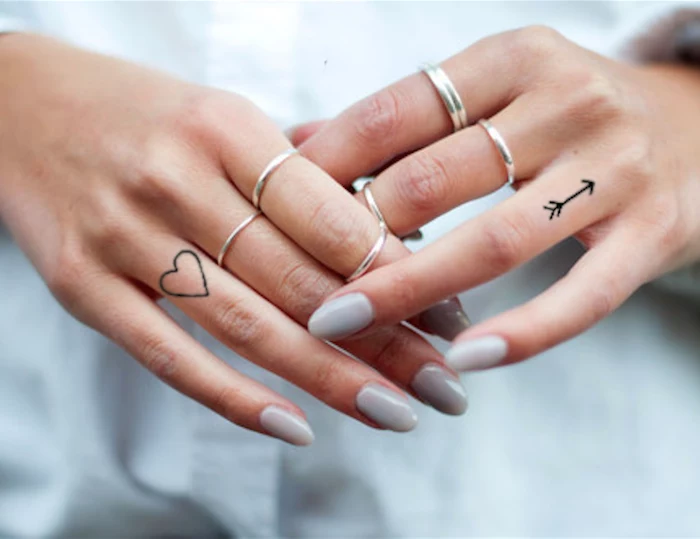
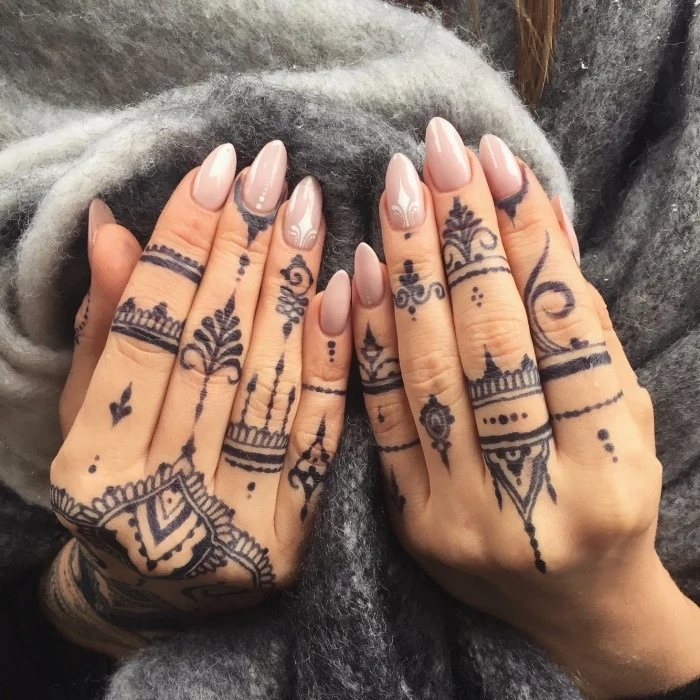
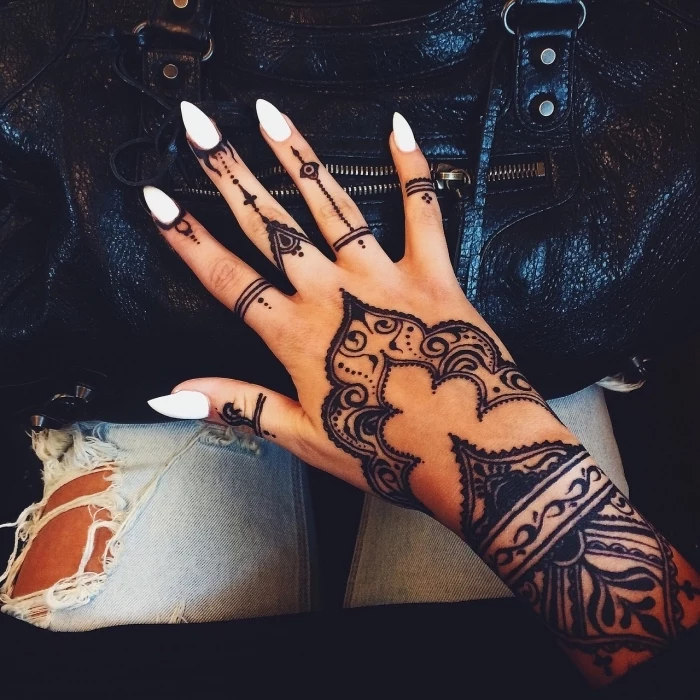
Want to test-drive the look before committing? Semi-permanent tattoos have come a long way. A brand like Inkbox uses a plant-based formula that sinks into the top layer of your skin, lasting 1-2 weeks. It’s a perfect, no-regrets way to see how you feel about having a design on your hand 24/7.
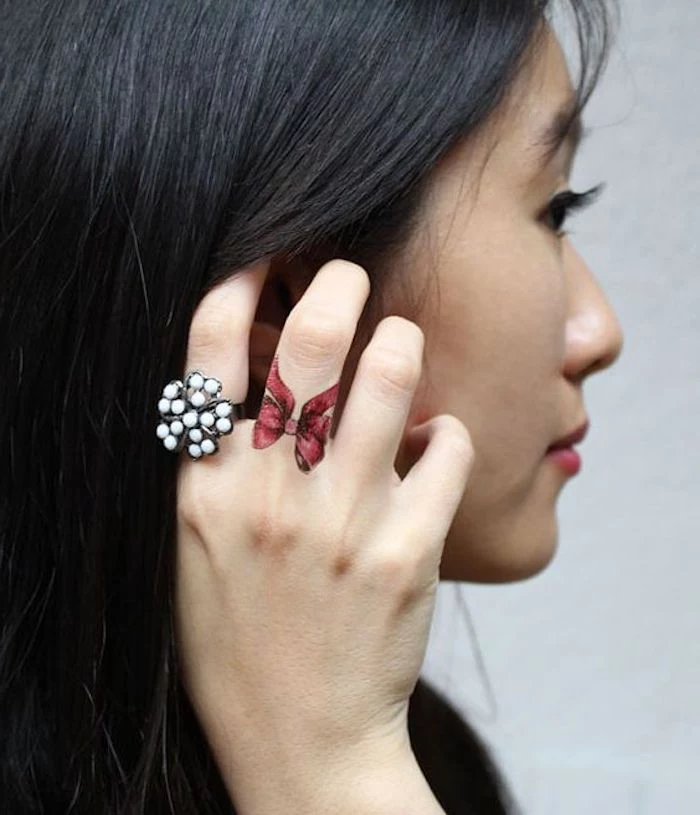
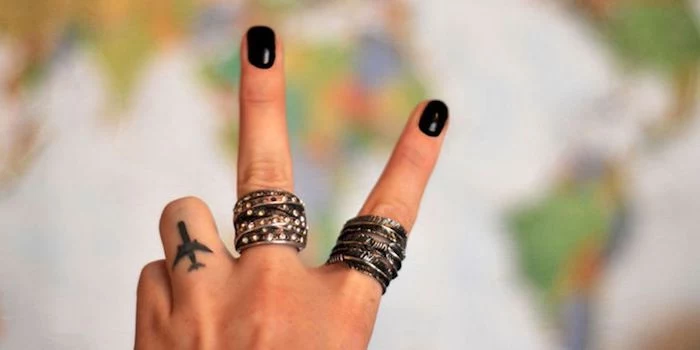
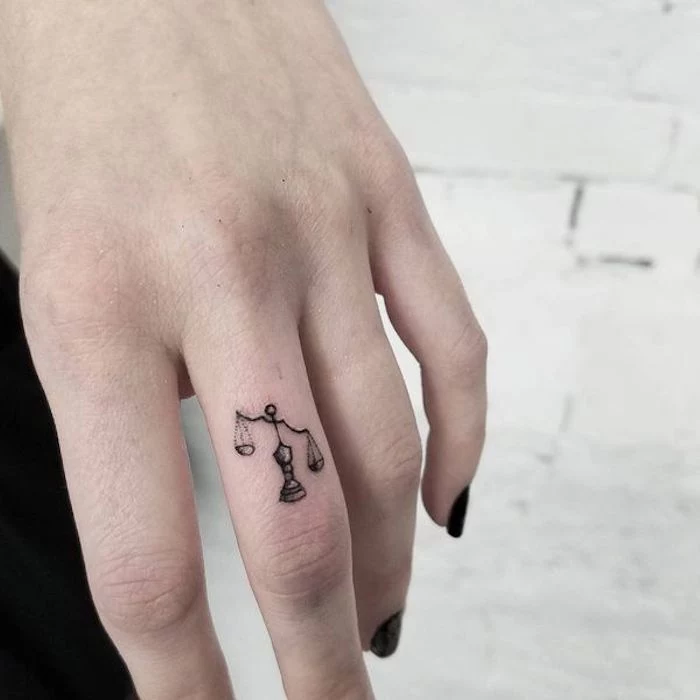
Are finger tattoos a good idea for a wedding ring?
While romantic, it’s a high-stakes choice. A ring-finger tattoo will fade, blur, and require touch-ups. A perfect circle is nearly impossible to maintain. If the symbolism relies on permanence and perfection, a real ring is a more reliable option. Many couples get a symbolic tattoo elsewhere on the hand or body instead.


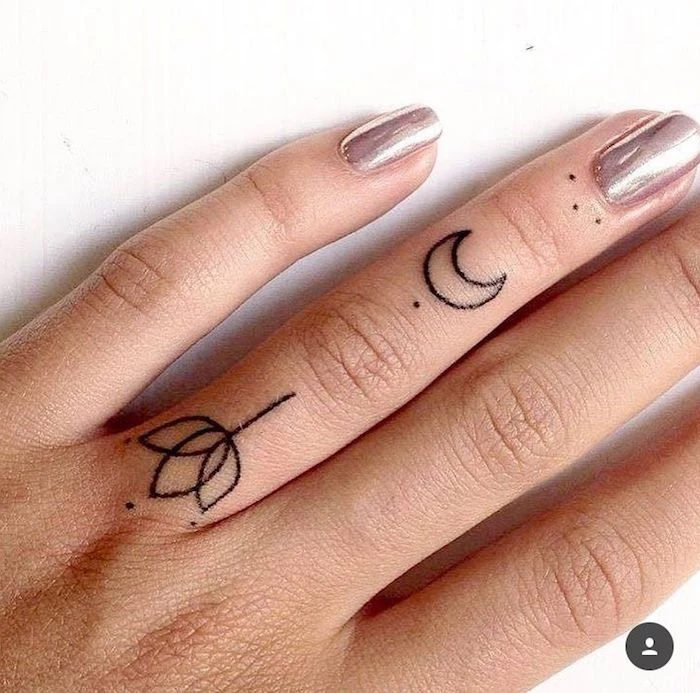
Sunscreen is non-negotiable. Your hands are exposed to UV rays almost constantly, and the sun is the number one cause of tattoo fading. After your tattoo is fully healed, make applying a broad-spectrum SPF 30+ sunscreen to your hands a daily habit, just like brushing your teeth. A stick sunscreen can make targeted application easy.
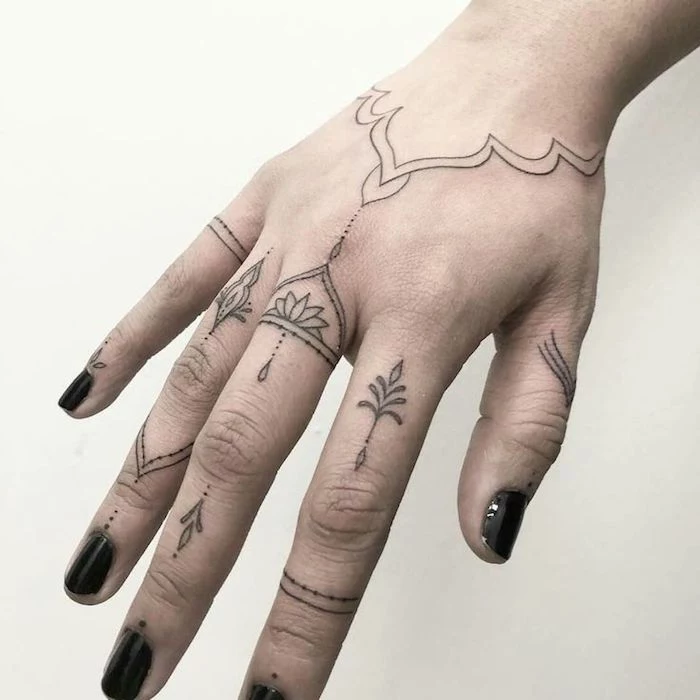
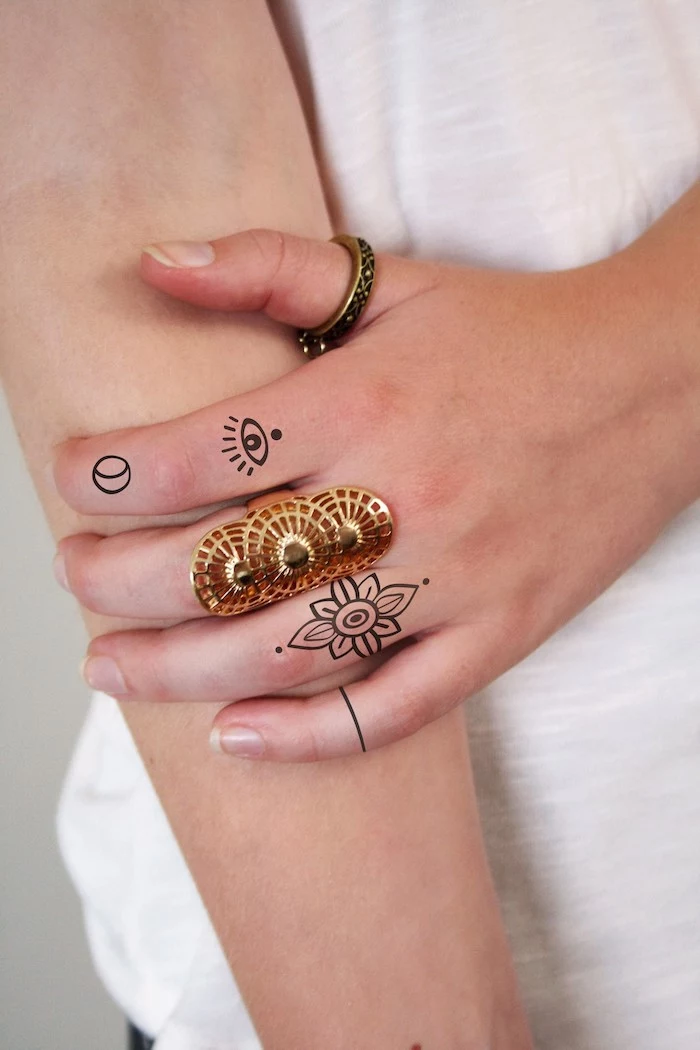
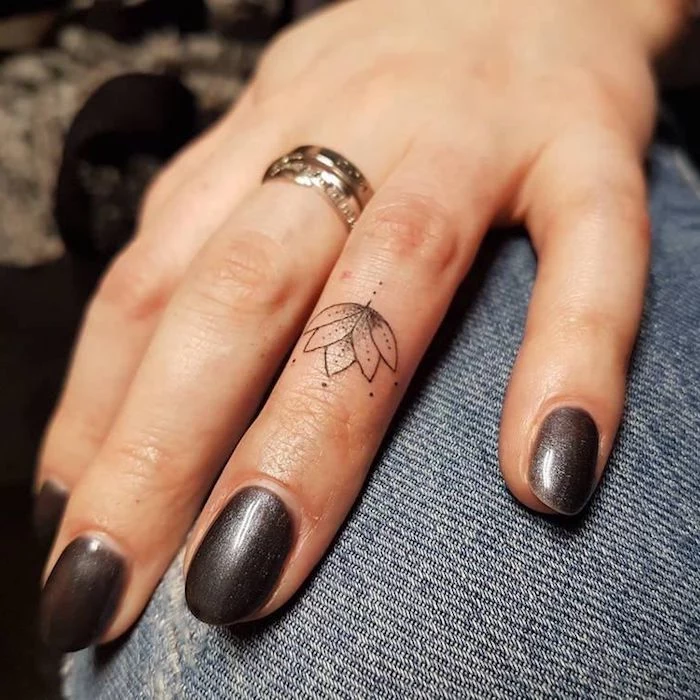
Celebrities like Rihanna and Hailey Bieber have popularized the curated, delicate collection of finger tattoos. Their secret? Access to the world’s best artists and the budget for frequent touch-ups to keep them looking photo-ready. It’s a high-maintenance aesthetic.
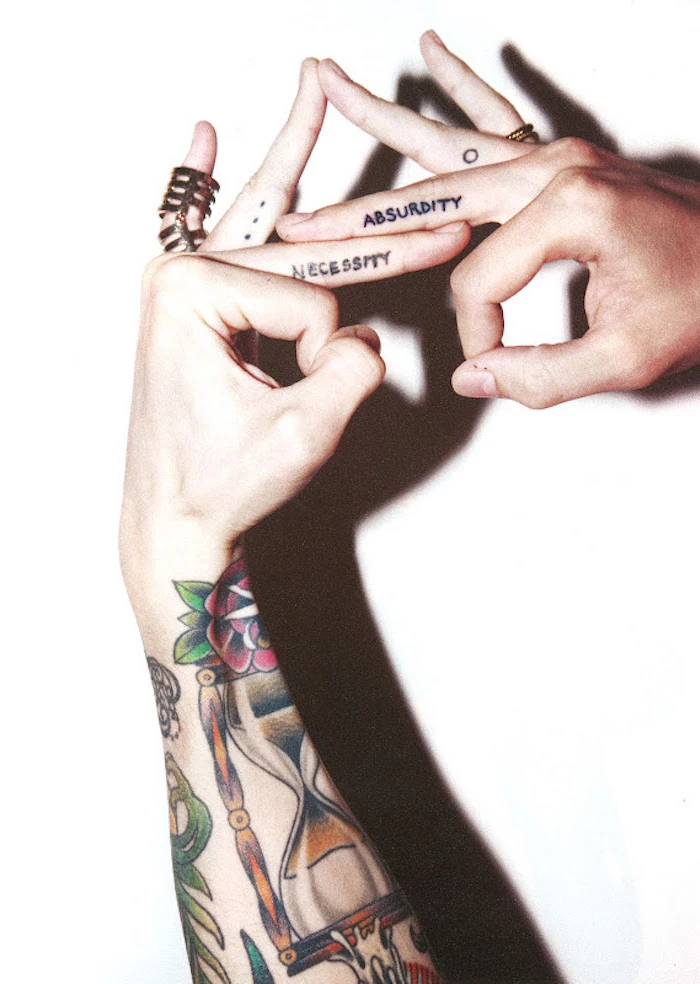
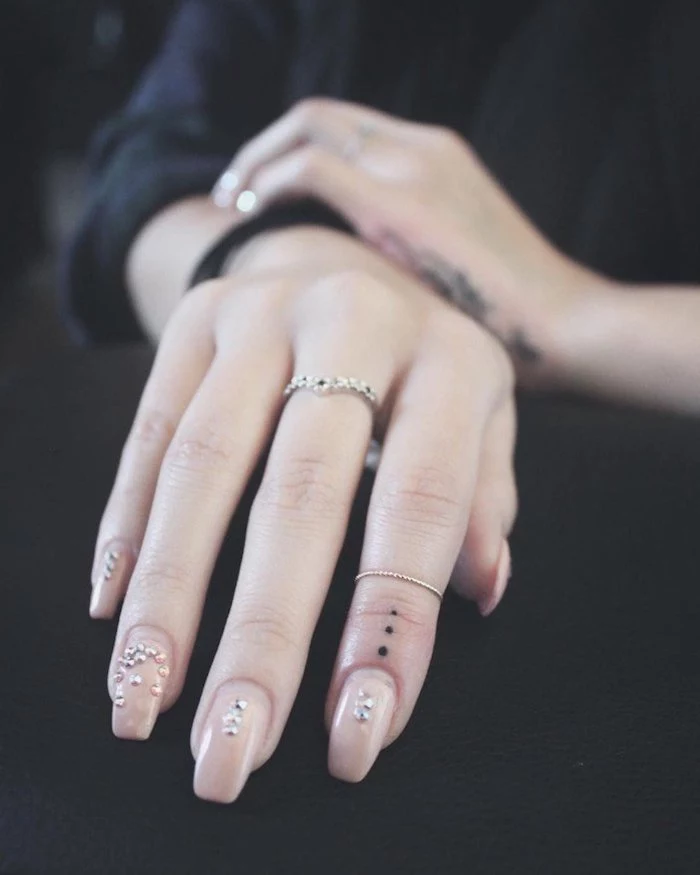
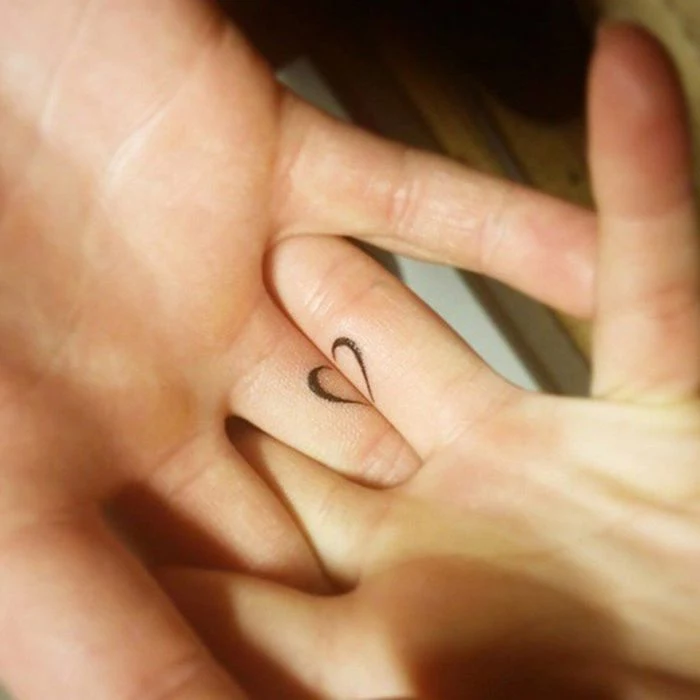
A 2018 study found that nearly 70% of managers felt that visible tattoos were not a barrier to hiring, a significant shift from previous decades.
While acceptance is growing, finger and hand tattoos remain among the most visible and potentially judged placements. Consider your current and future career field. While a creative industry may not blink, a conservative corporate environment might still hold biases.
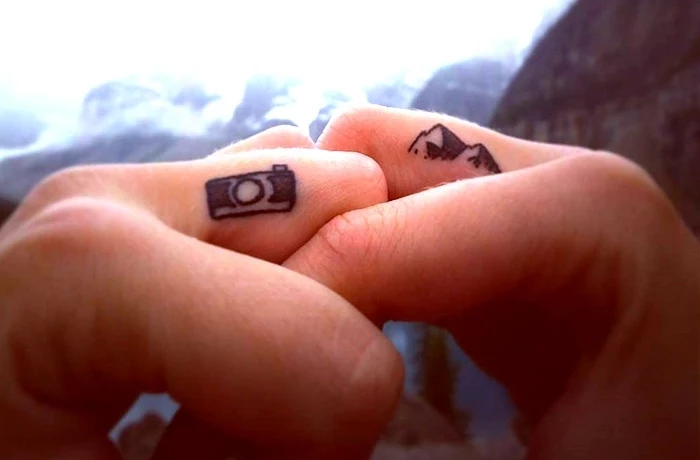
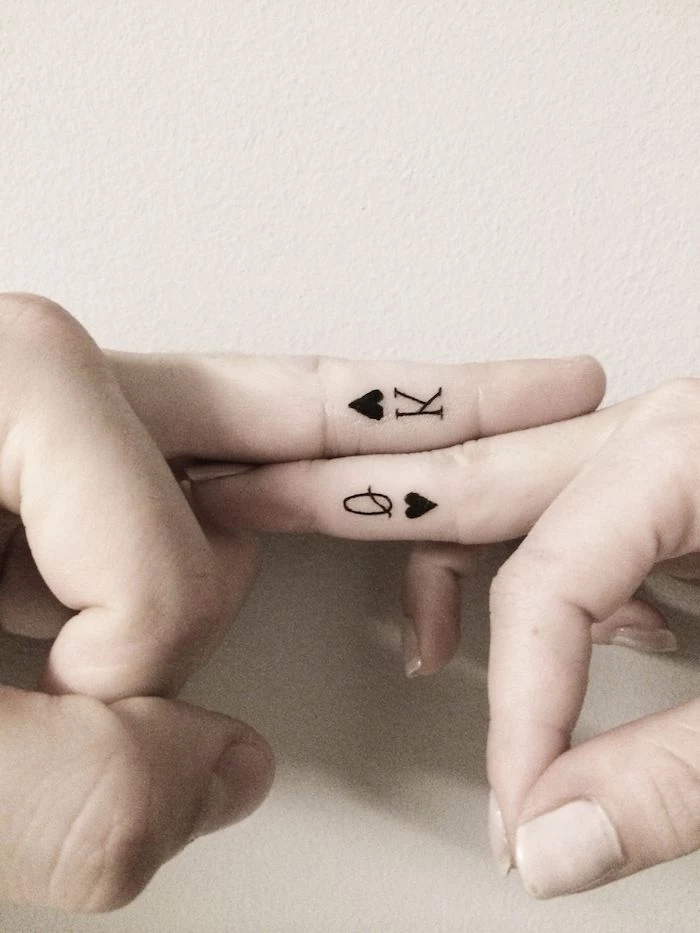
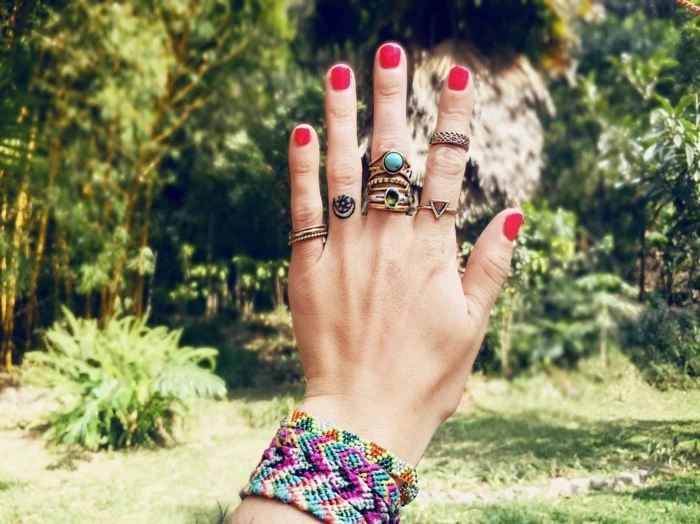
Hustle Butter Deluxe: A popular vegan-friendly option, rich in shea, mango, and aloe butters. It’s great for preparing the skin before tattooing and for aftercare, reducing inflammation.
Lubriderm Daily Moisture (Fragrance-Free): A classic, no-nonsense choice often recommended by artists. It’s non-greasy, absorbs quickly, and won’t irritate healing skin.
The key is a light layer; suffocating the tattoo can be as bad as letting it dry out.
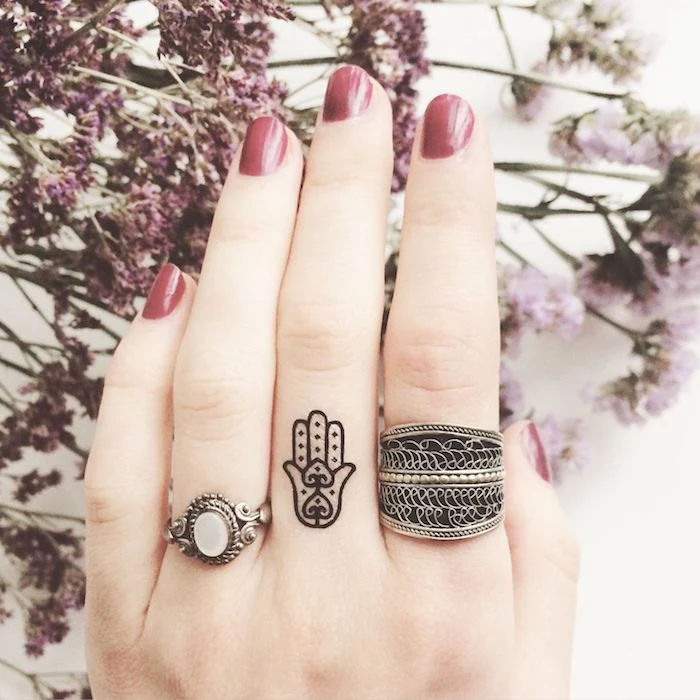
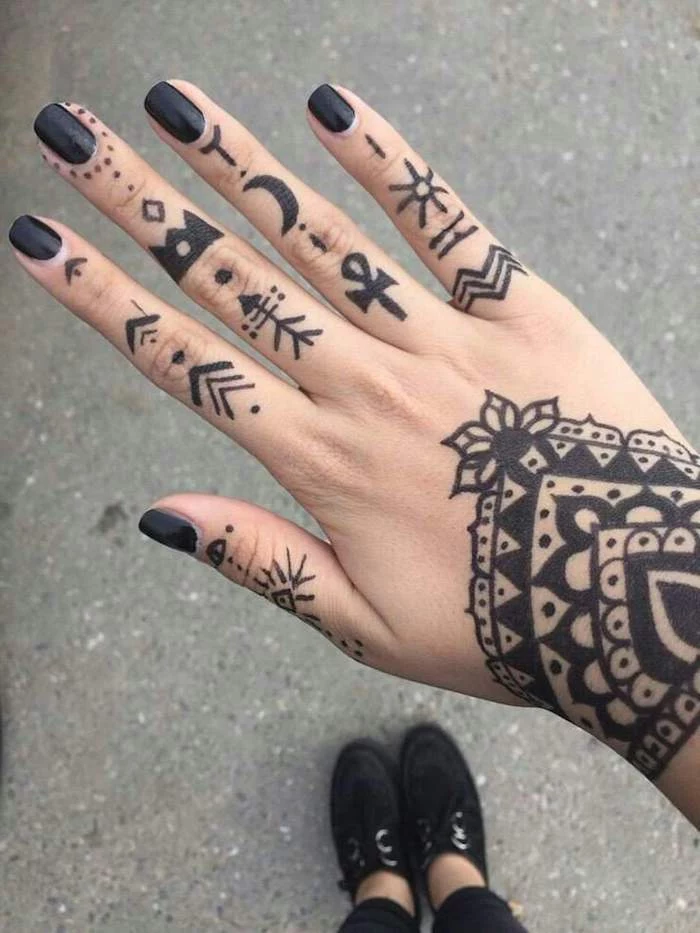
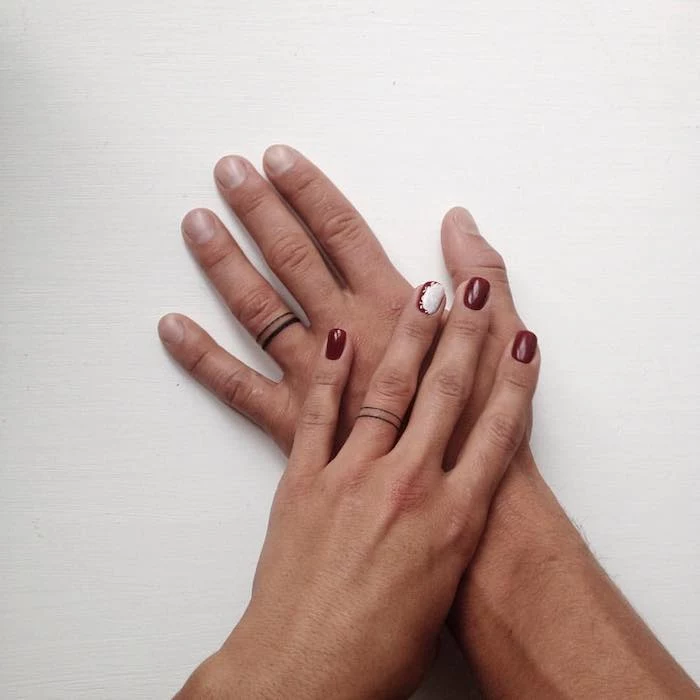
Don’t underestimate the power of coordination. The color of your nail polish or the style of your rings can dramatically change the vibe of your finger tattoos. A bold, black design can be softened with a pastel nail polish or amplified by chunky silver rings. It’s an extension of your personal style, so play with the combinations.
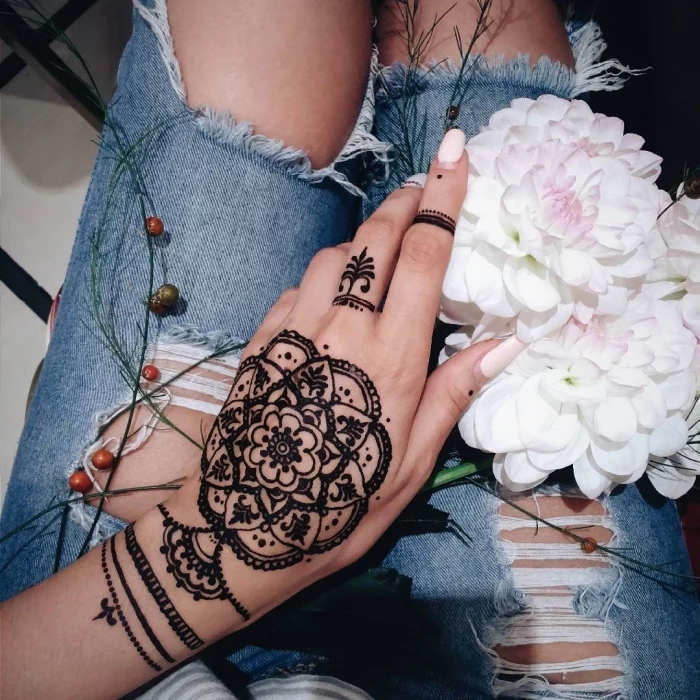
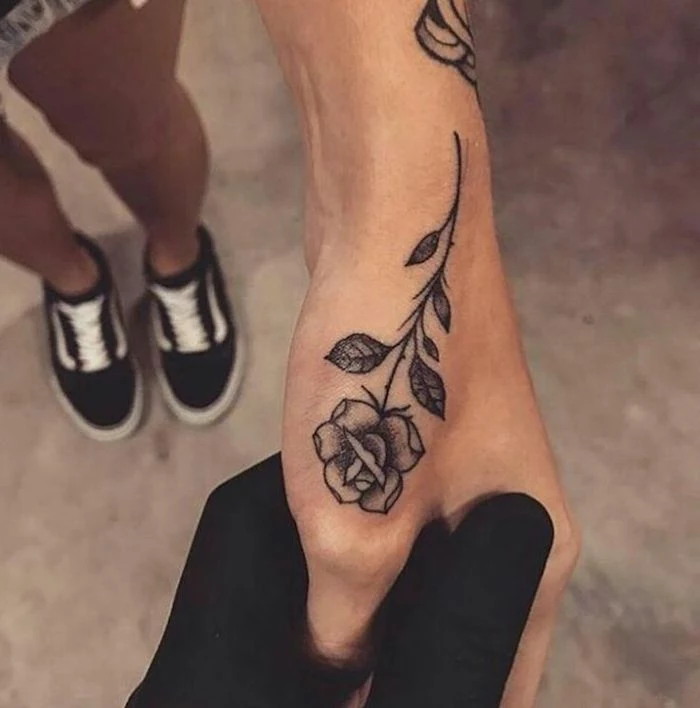
Why does such a tiny tattoo cost so much?
You’re not paying for the size; you’re paying for the extreme difficulty and risk. It requires more concentration, more time relative to its size, and a higher level of skill than a tattoo on an easier spot like an arm. You’re also paying for the artist’s expertise in navigating a canvas that actively fights back.
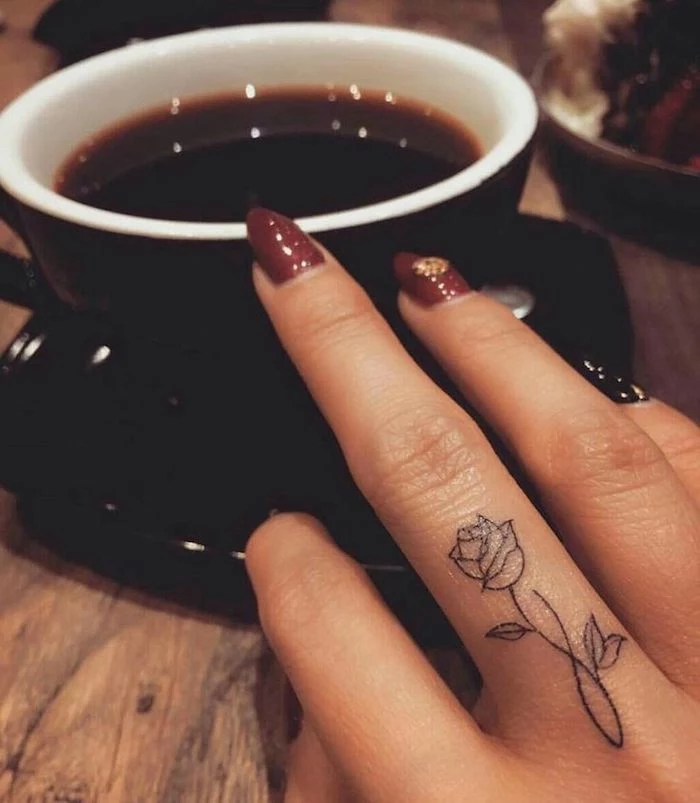
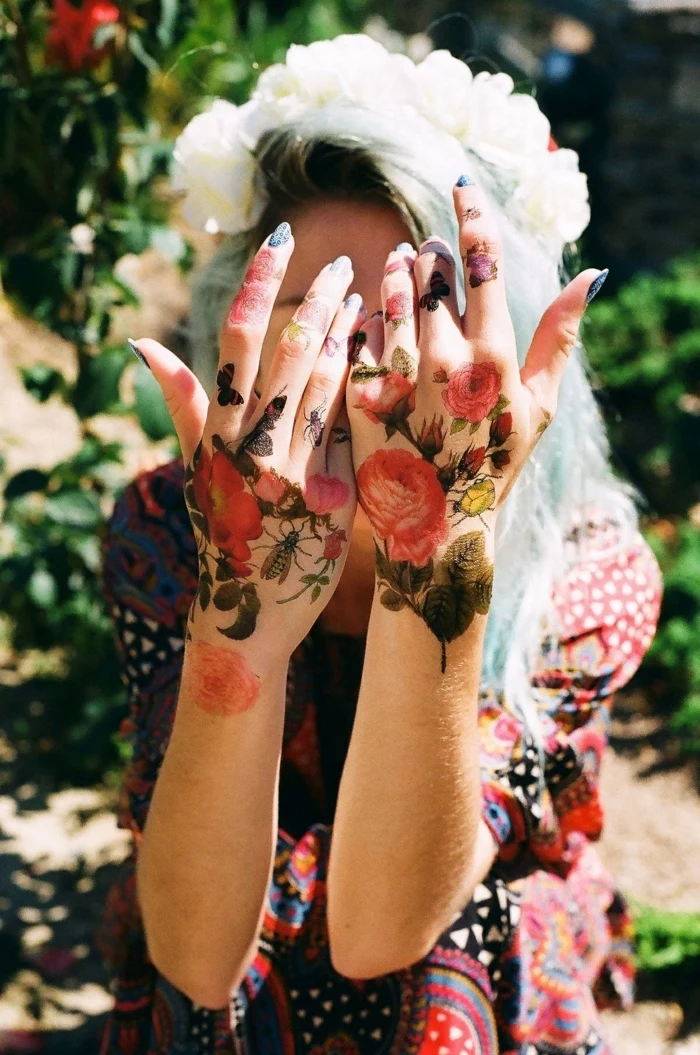
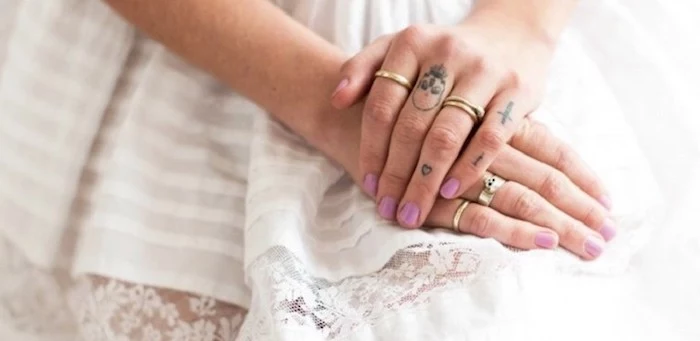
A recent micro-trend is the
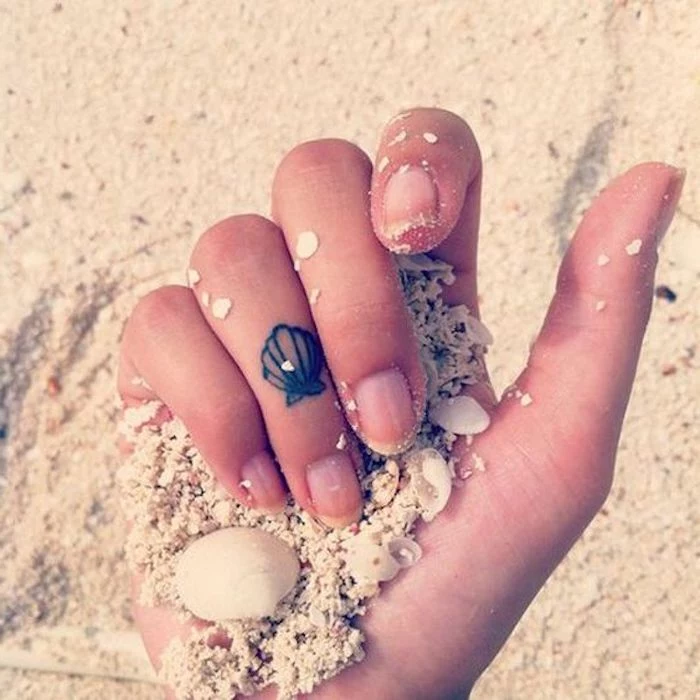

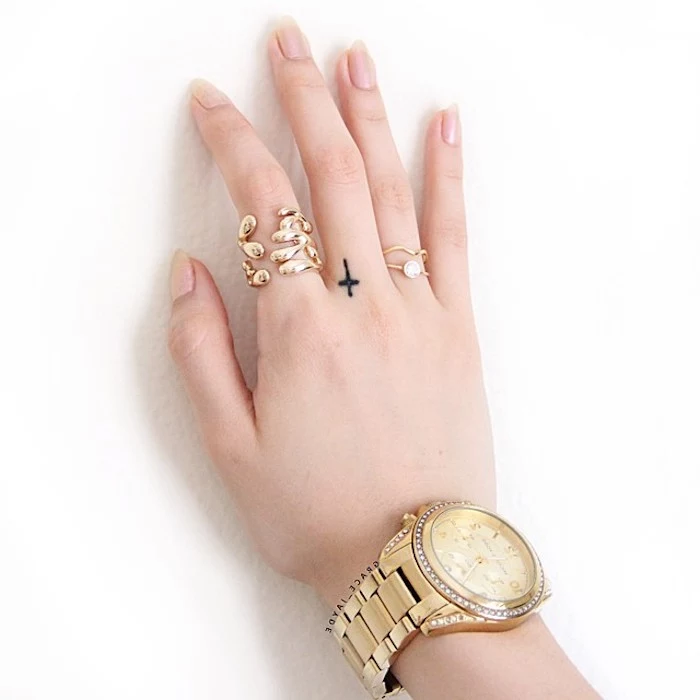
- Lines stay bolder and more defined.
- The design remains recognizable over years.
- It’s less likely to morph into an unreadable smudge.
The trick? Choosing simple, graphic symbols over complex, detailed images. A solid star, a thick crescent moon, or clear initials will stand the test of time far better than a tiny, intricate flower or a line of miniature script.
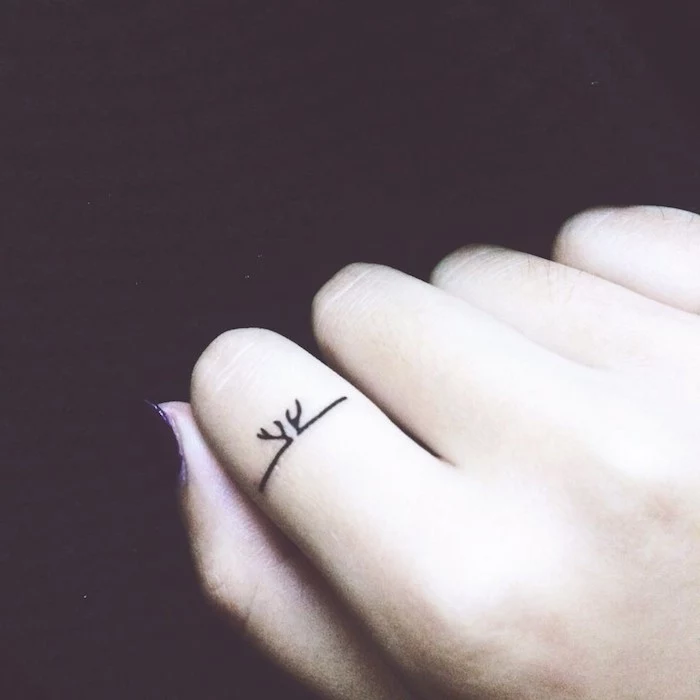

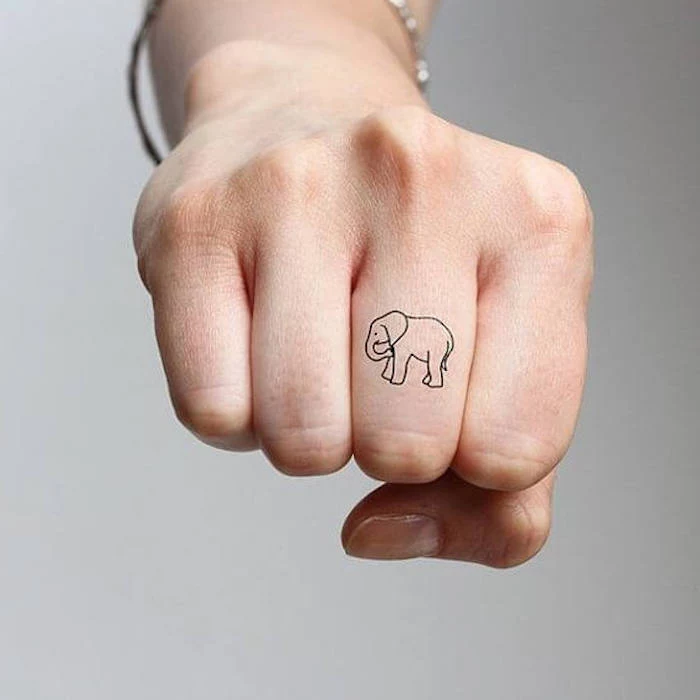
Think of it as an investment with maintenance fees. A finger tattoo isn’t a one-and-done deal. To keep it looking crisp, you must factor in the recurring cost and time for touch-ups every few years, or sometimes even annually. If that sounds like too much hassle, a different placement might make you happier in the long run.
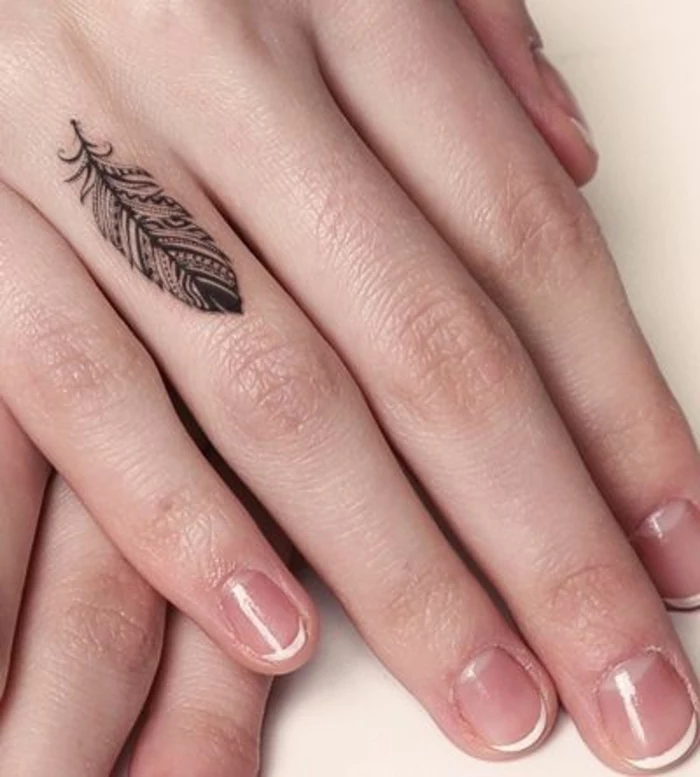
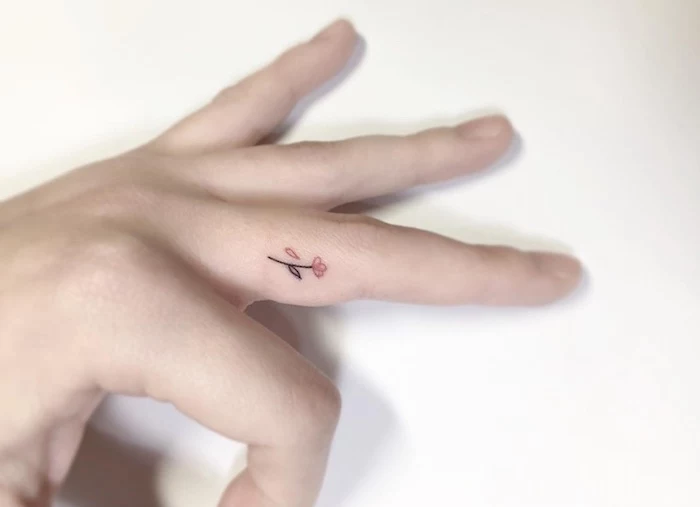
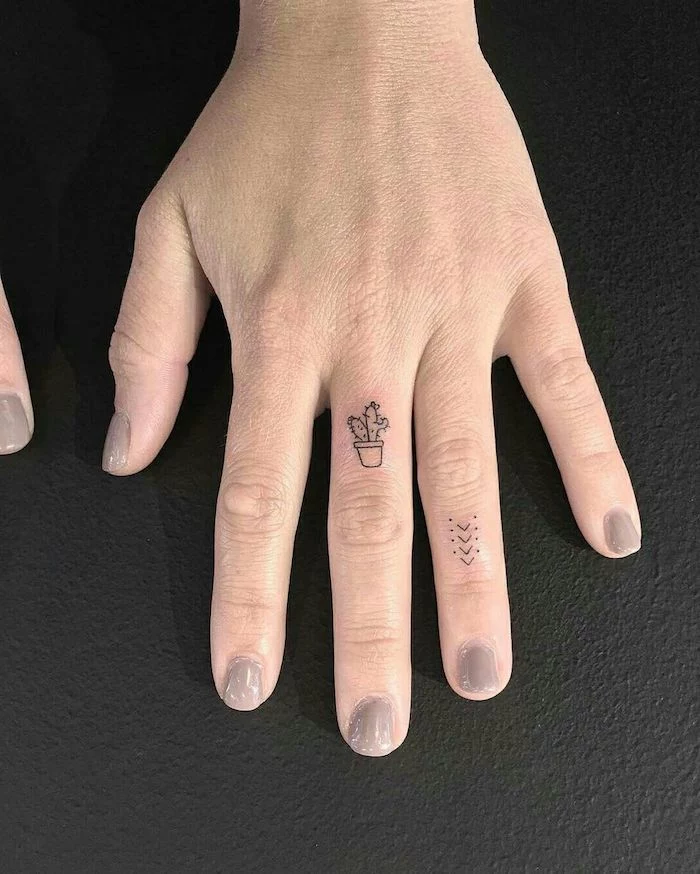
Many artists now use adhesive healing films like Saniderm or Recovery Derm Shield. This clear
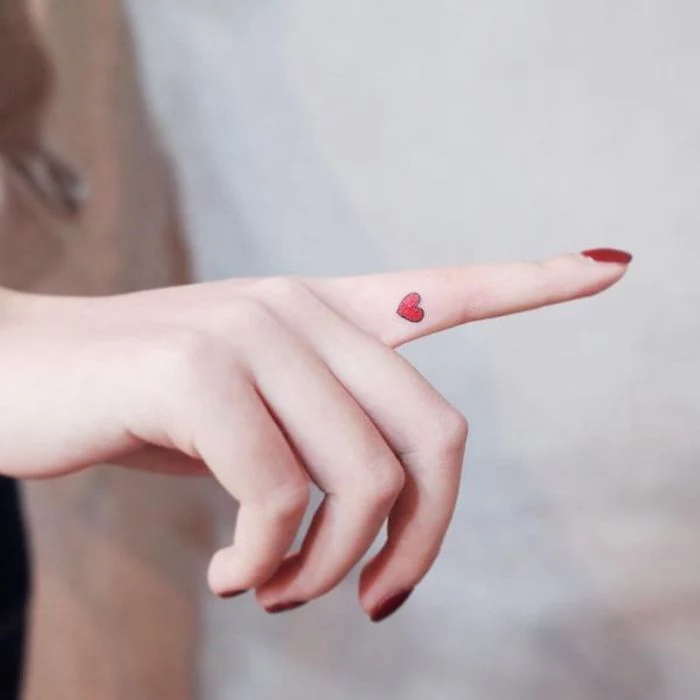
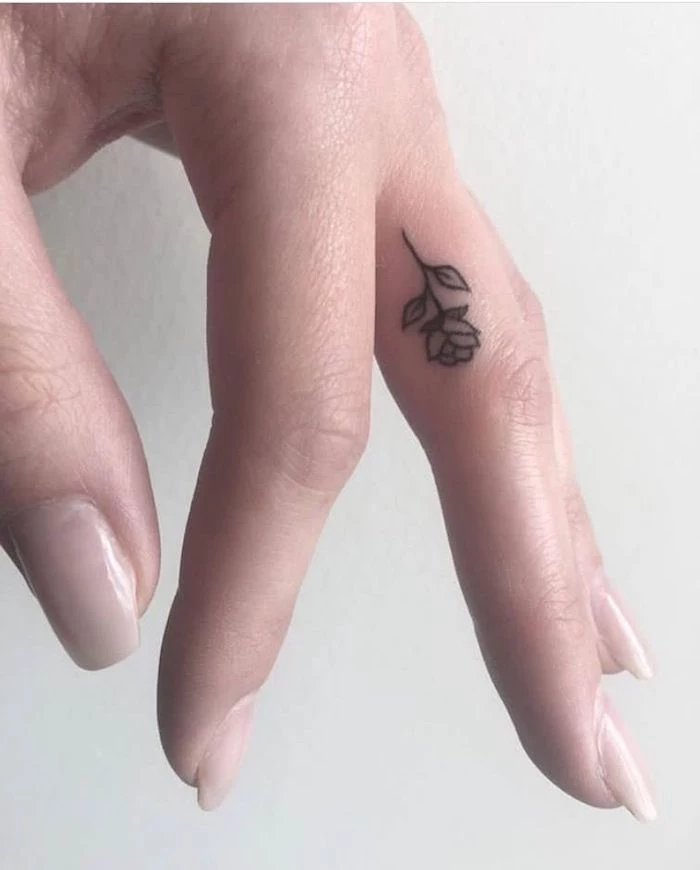
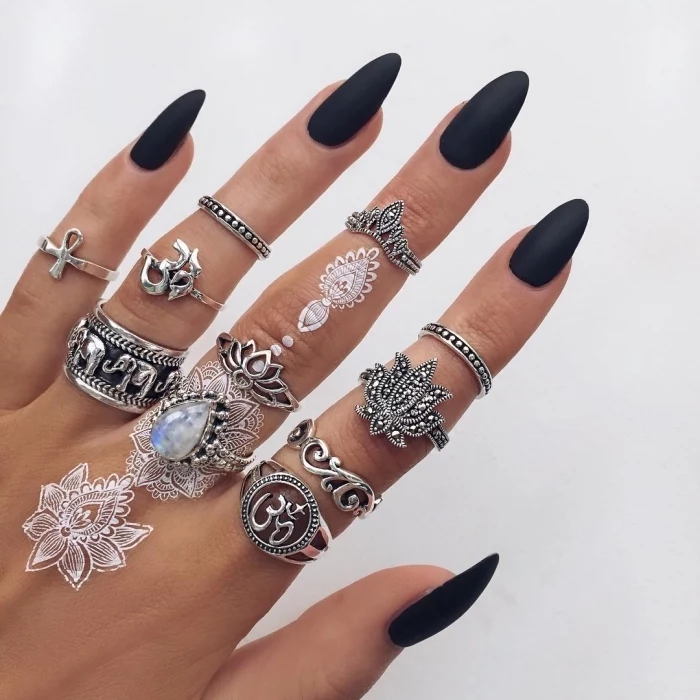
A single hand wash with soap and water can strip away natural oils and dry out the skin, a process that happens multiple times a day.
This daily routine is harsh on a healed tattoo. To preserve your ink, follow every hand wash with a small amount of quality, unscented moisturizer. Keeping the skin hydrated helps maintain its elasticity and the vibrancy of the ink within it.
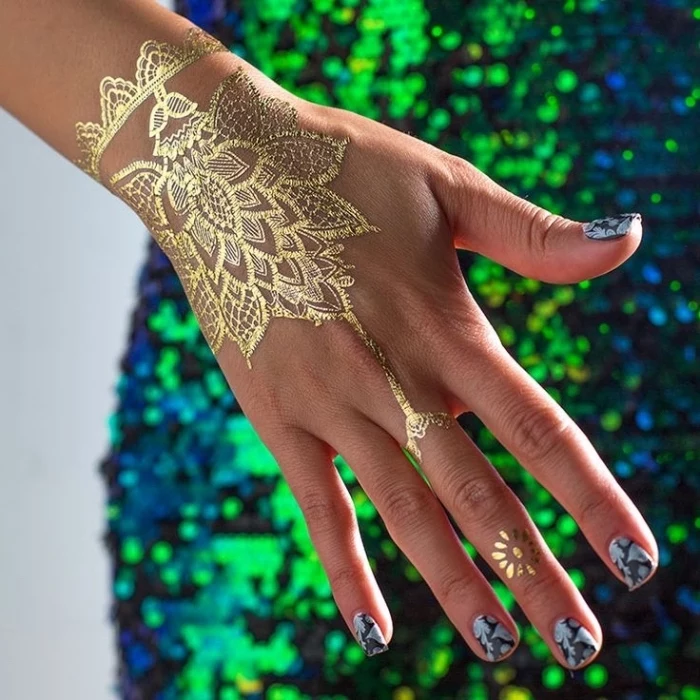
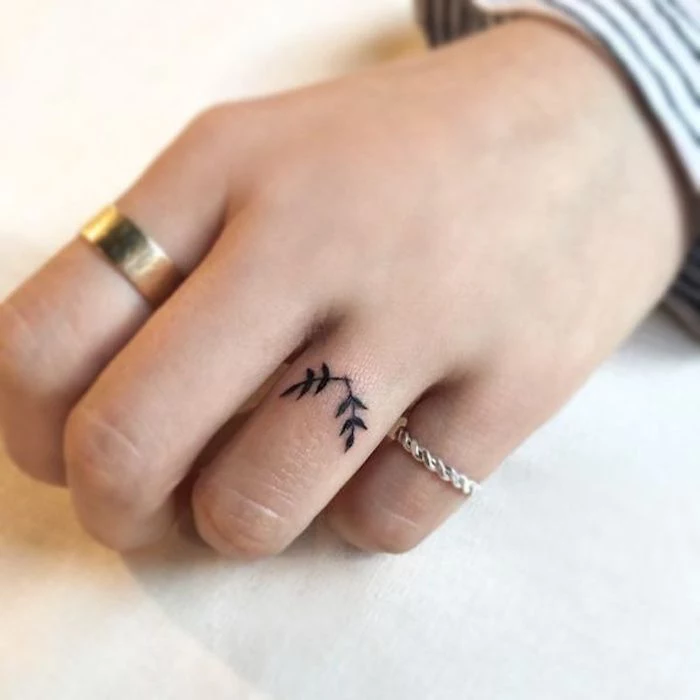
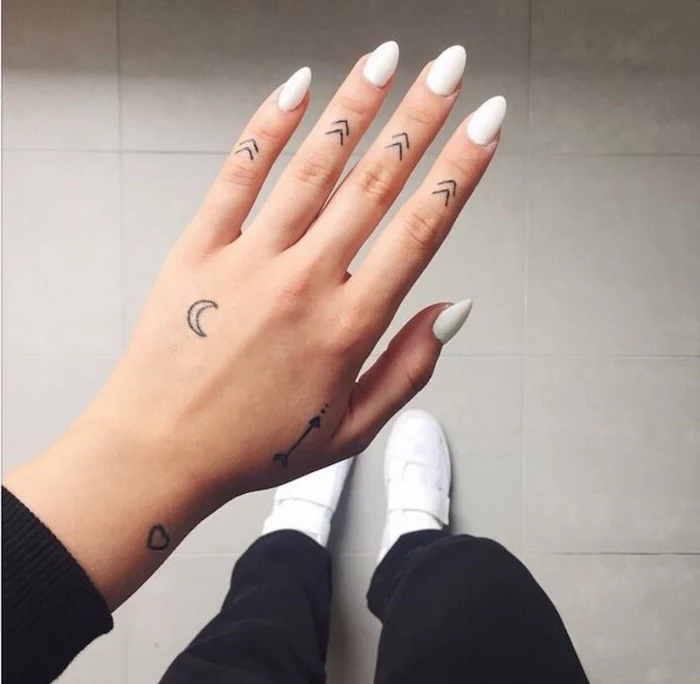
Side-of-Finger Placement: Looks subtle and secretive, but this skin rubs against your other fingers constantly. It’s the location most likely to experience severe fading and almost guaranteed to need touch-ups.
Knuckle Placement: More visible and bold. The skin is a bit more stable than the sides, but the constant bending of the joint still presents a challenge. Designs here can warp when you make a fist.
There’s no
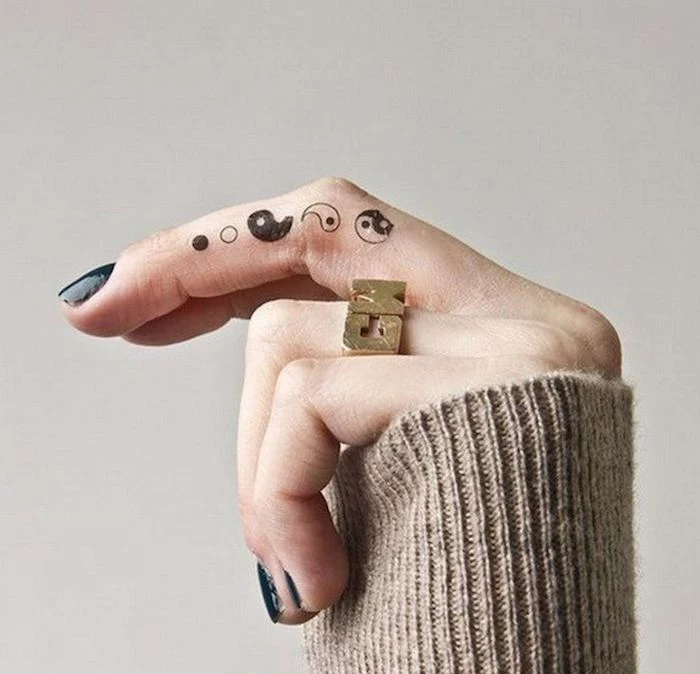
Your job and hobbies have a direct impact. A graphic designer’s finger tattoo will age differently than one on a bartender, a mechanic, or a rock climber. If your hands are regularly exposed to friction, chemicals, or water, you need to be realistic about the accelerated aging and increased need for maintenance your tattoo will face.

